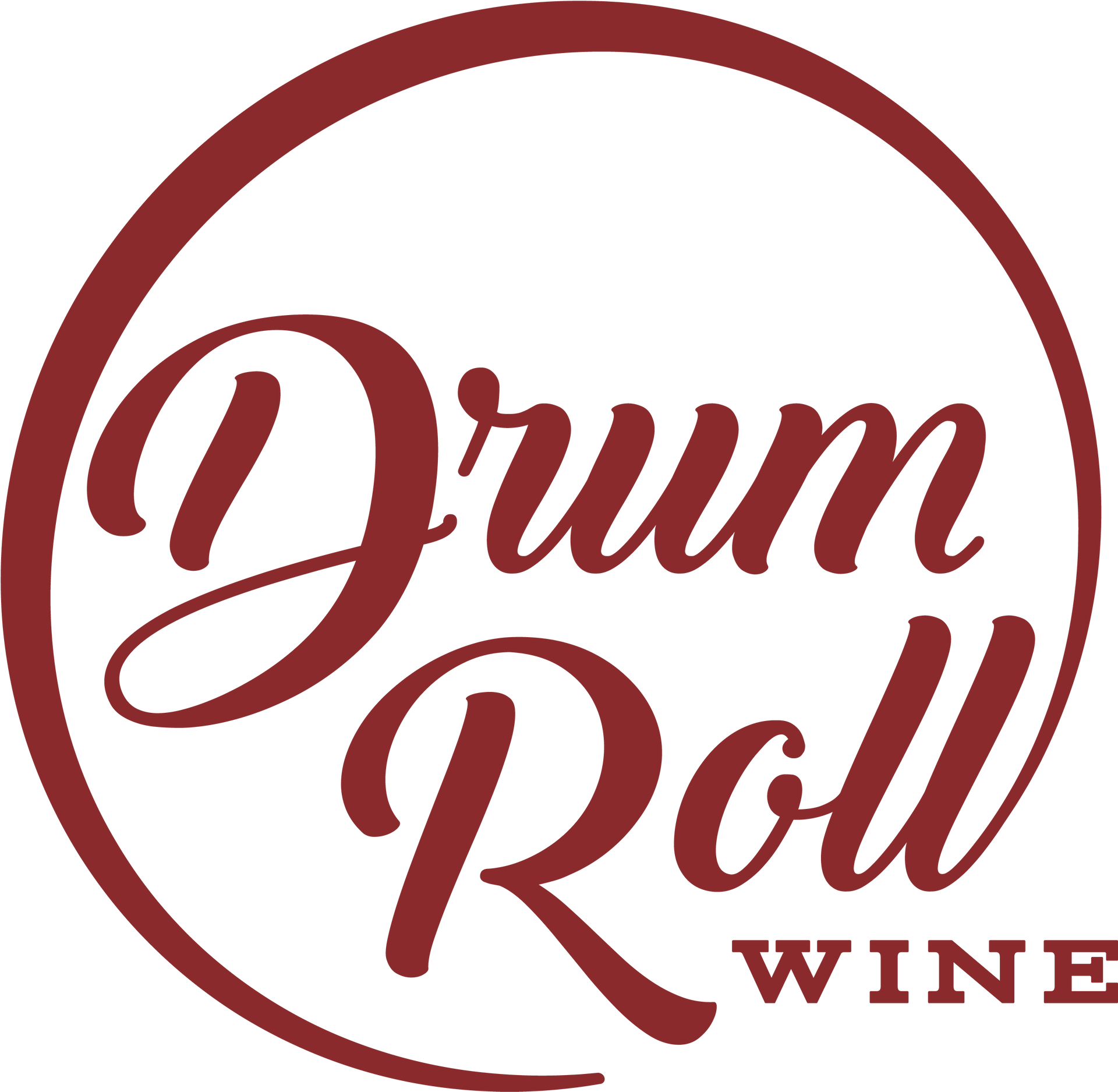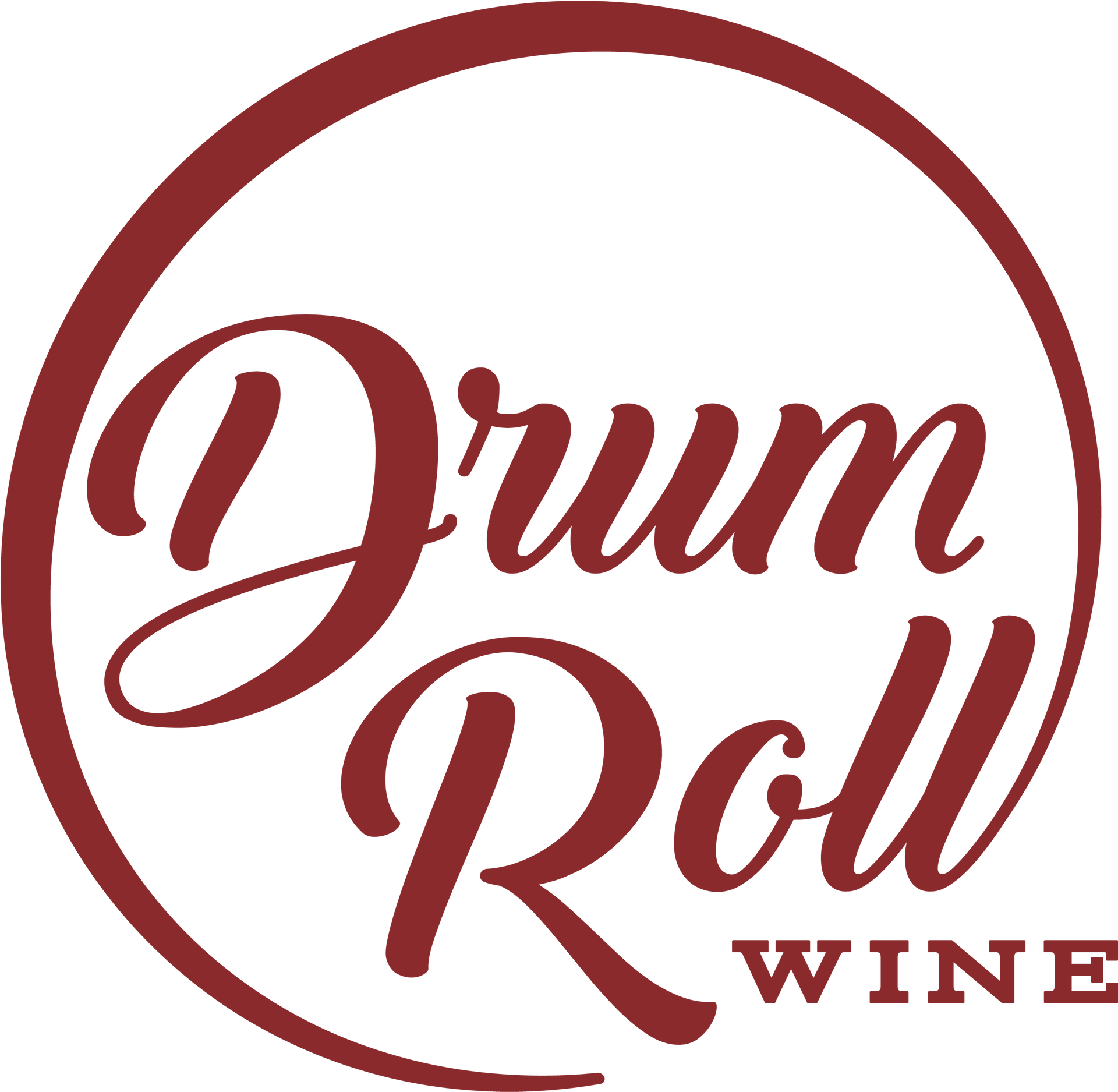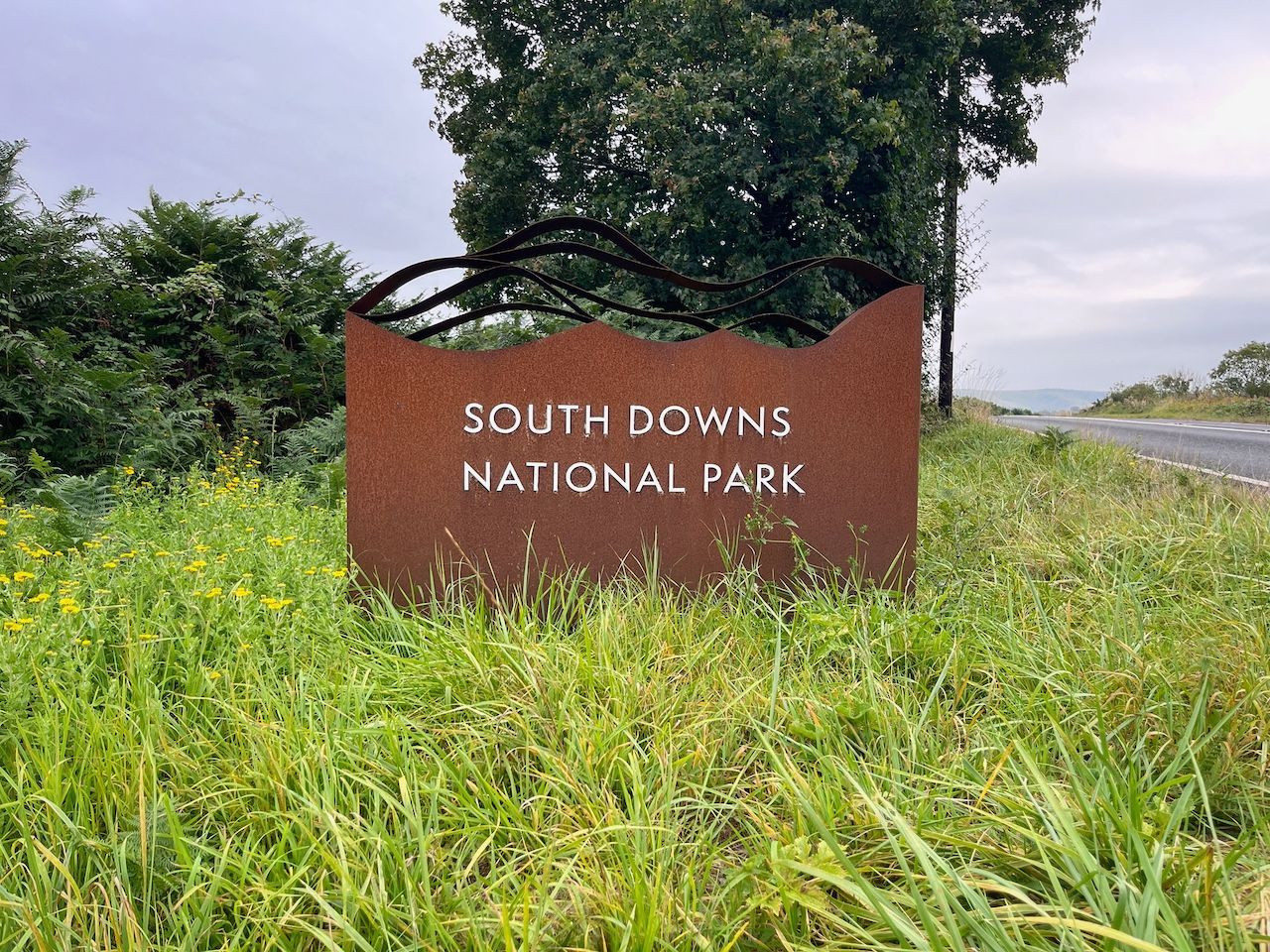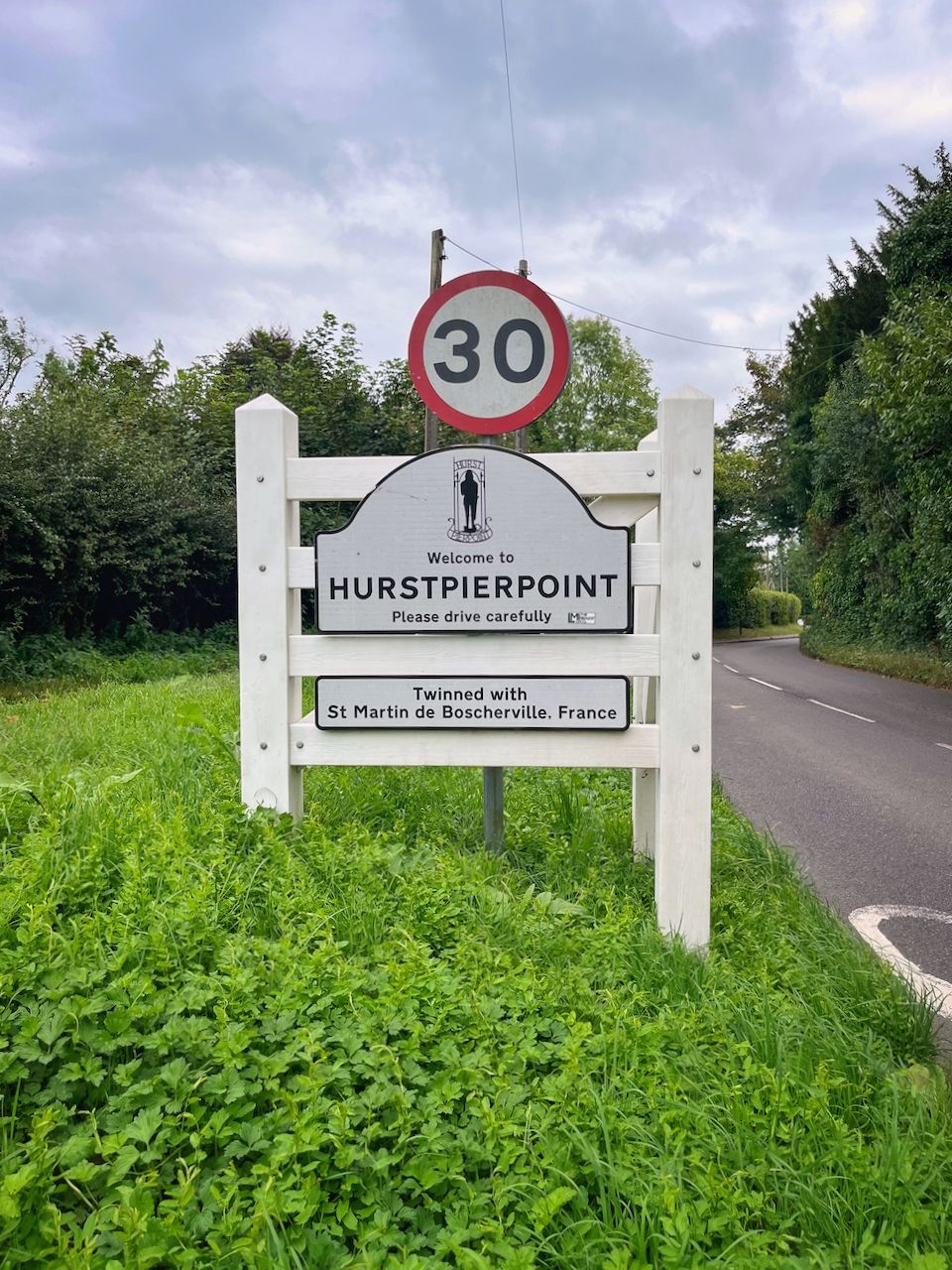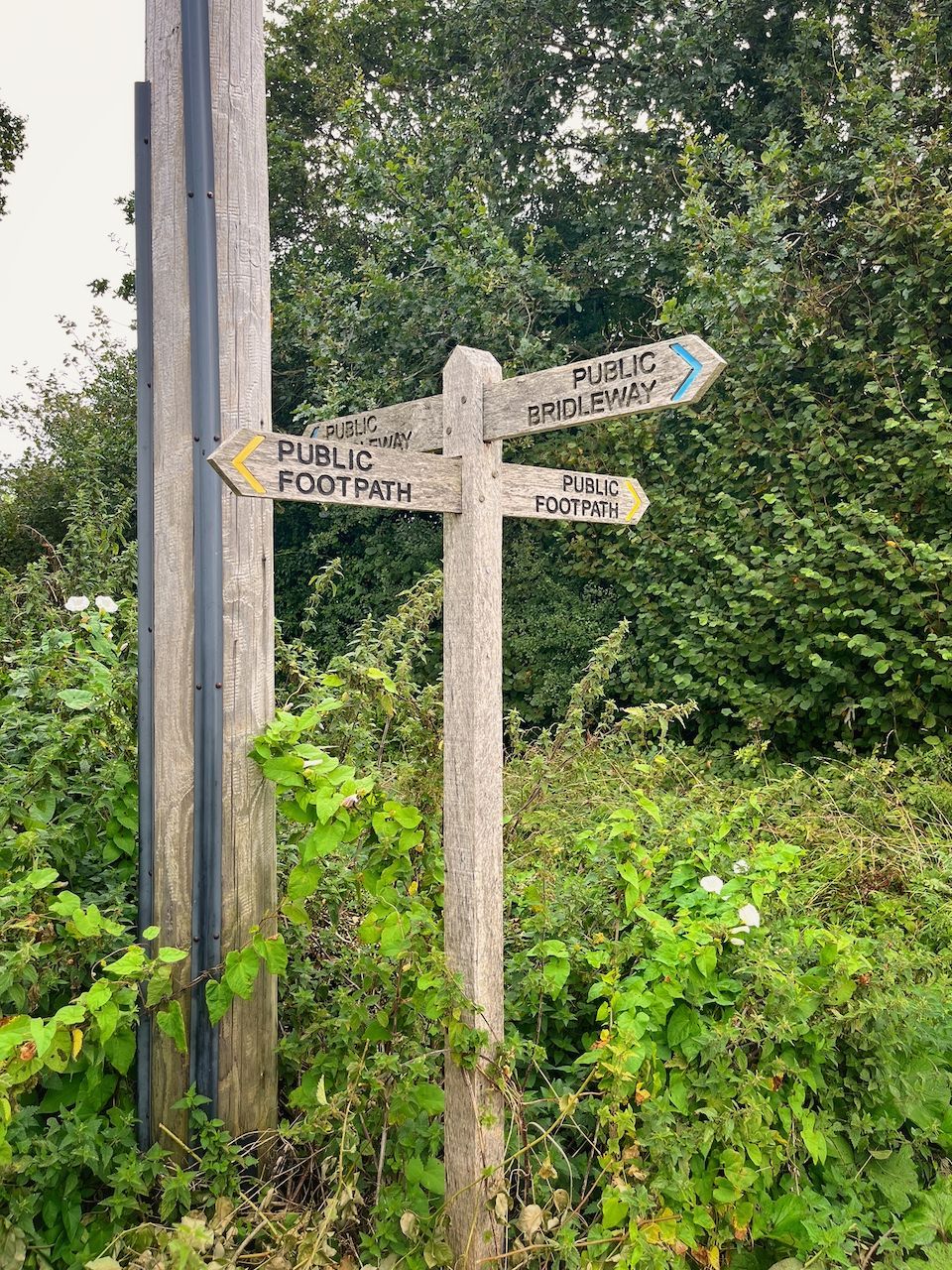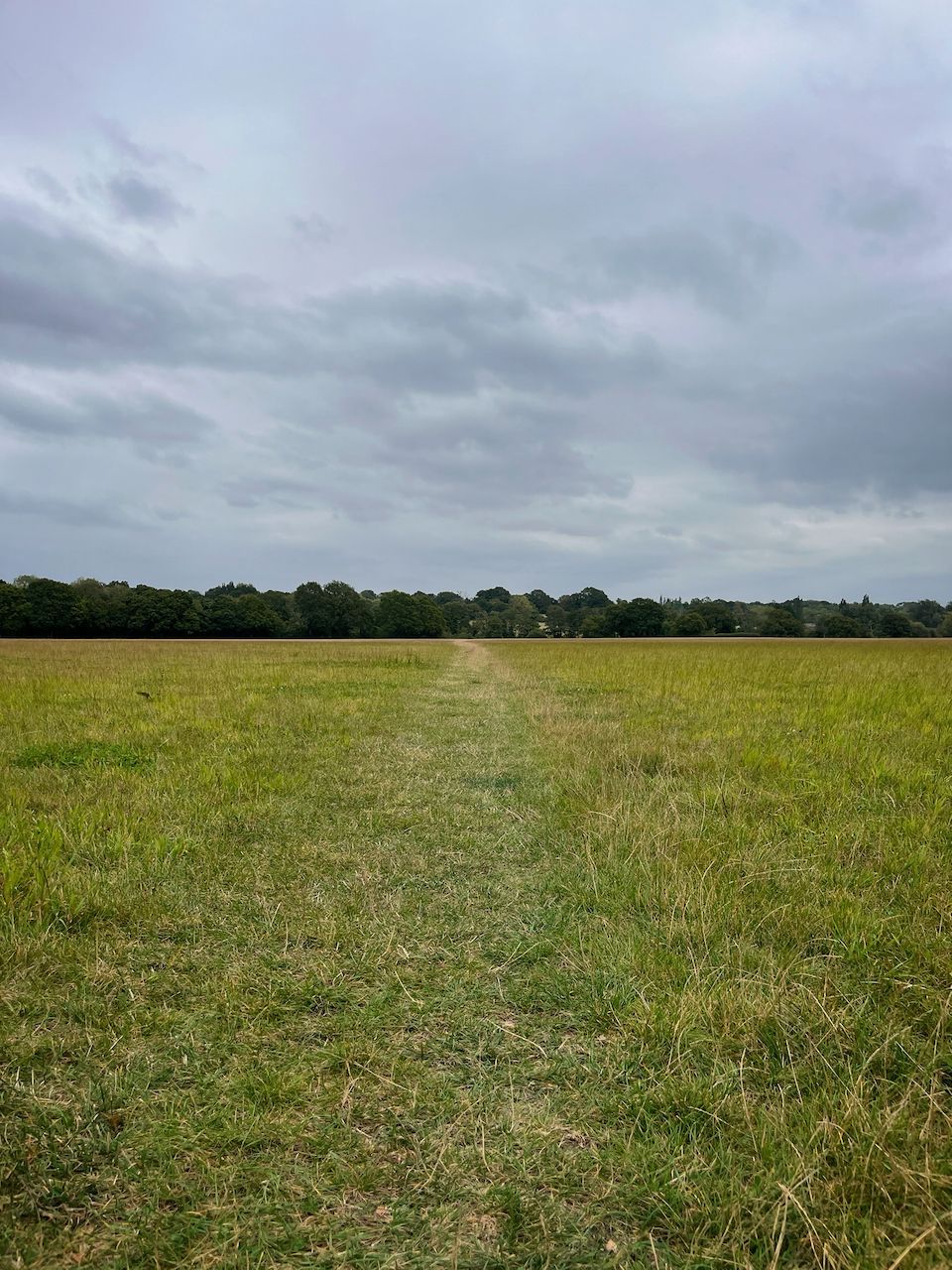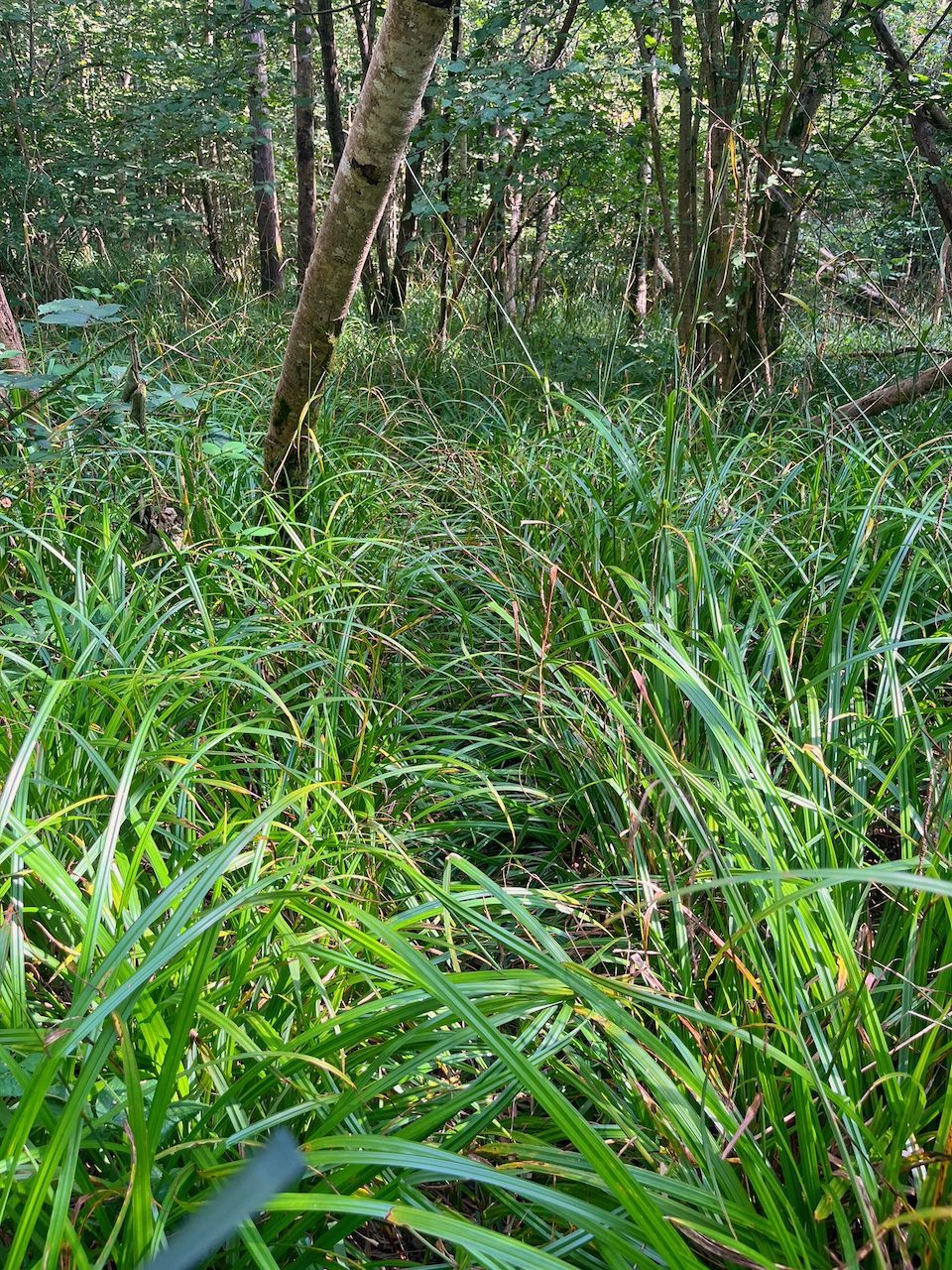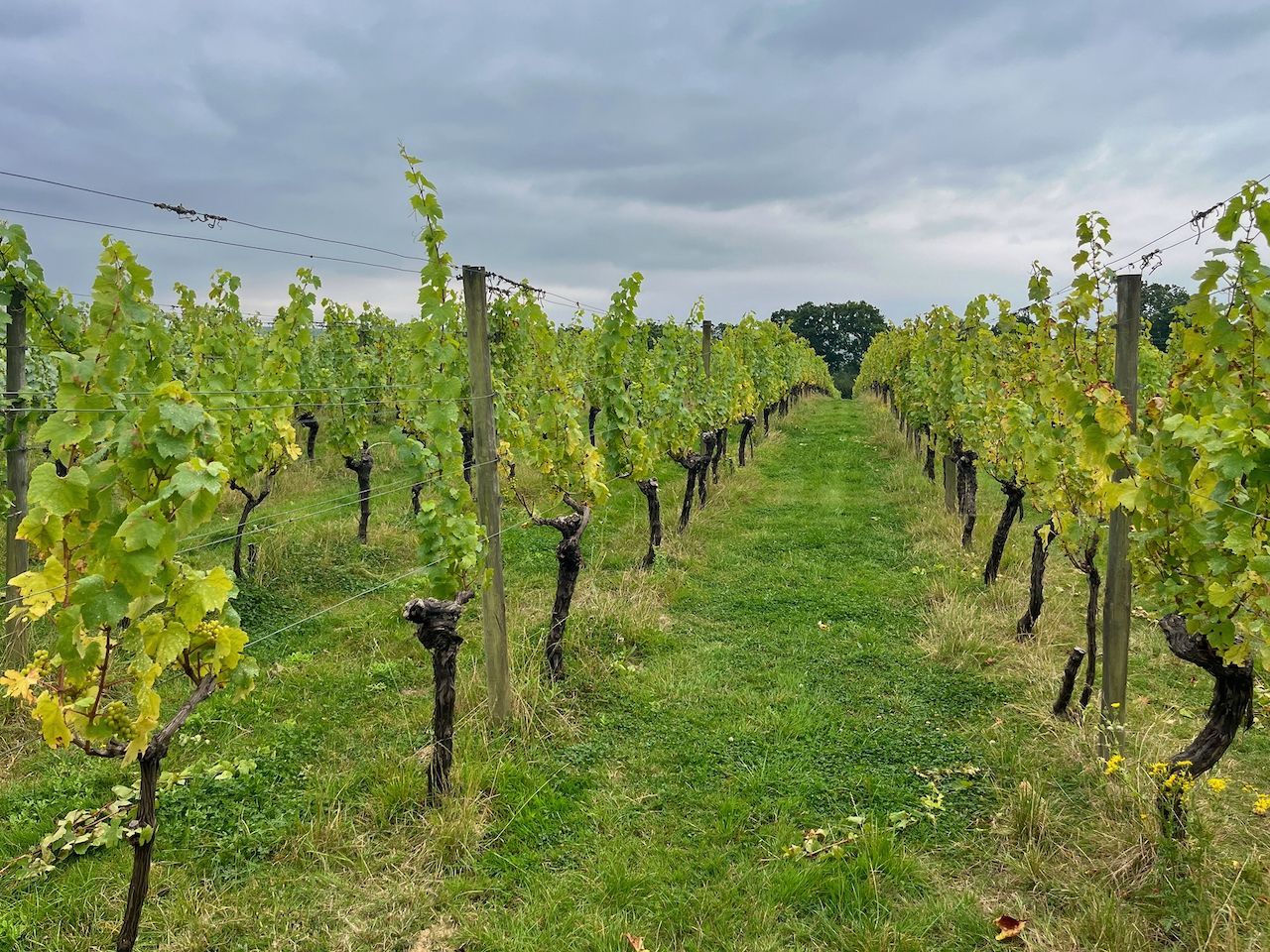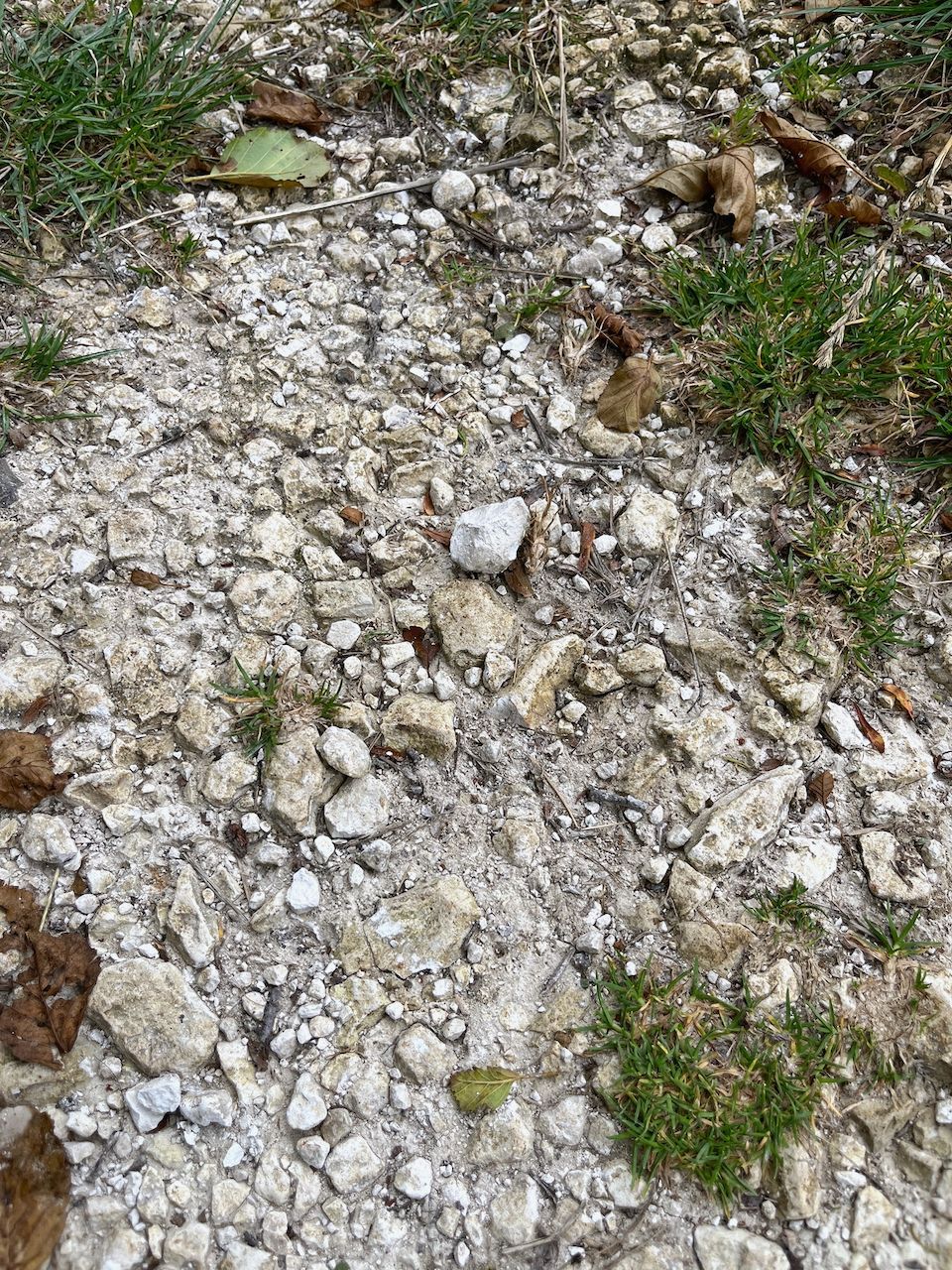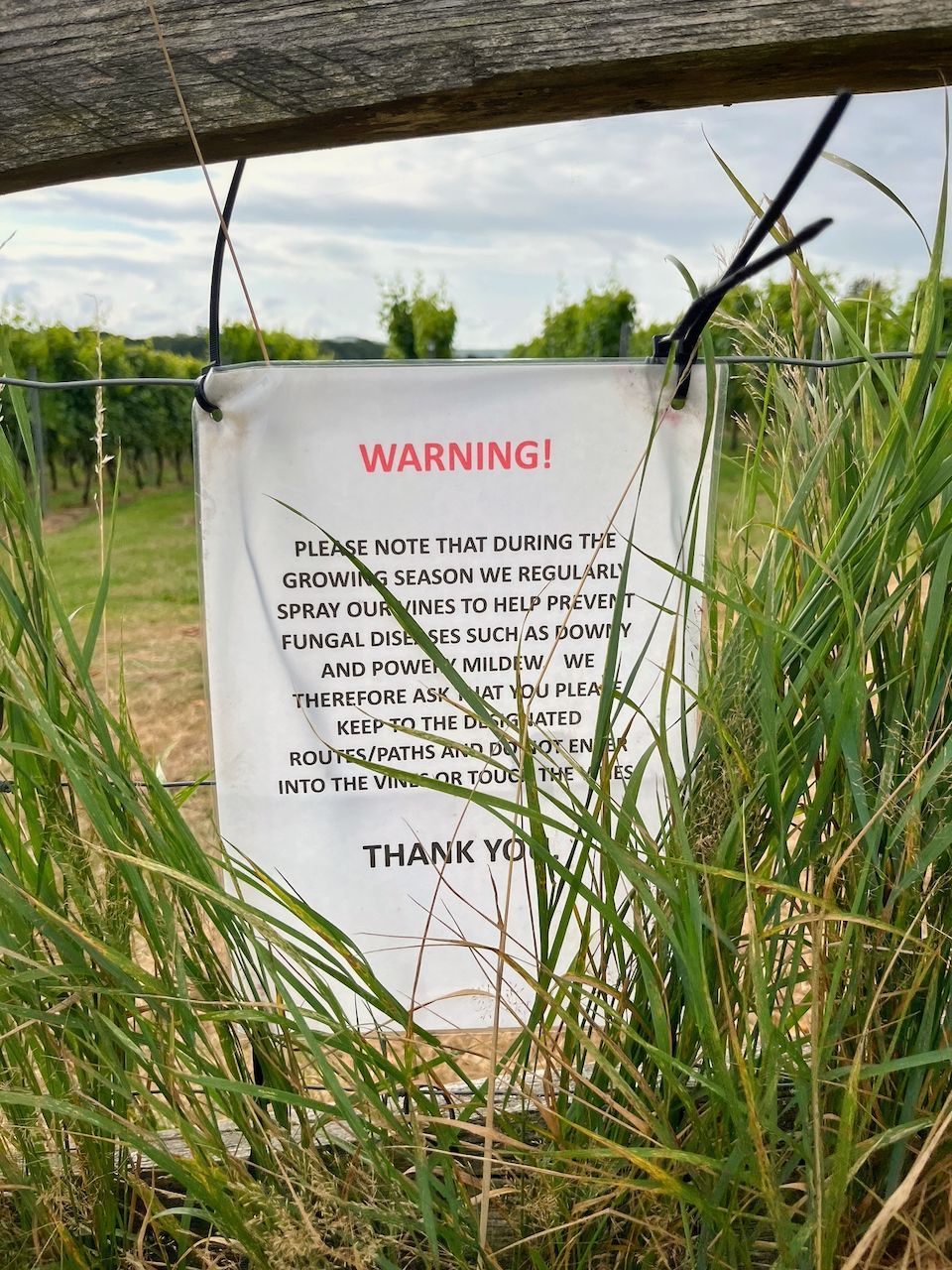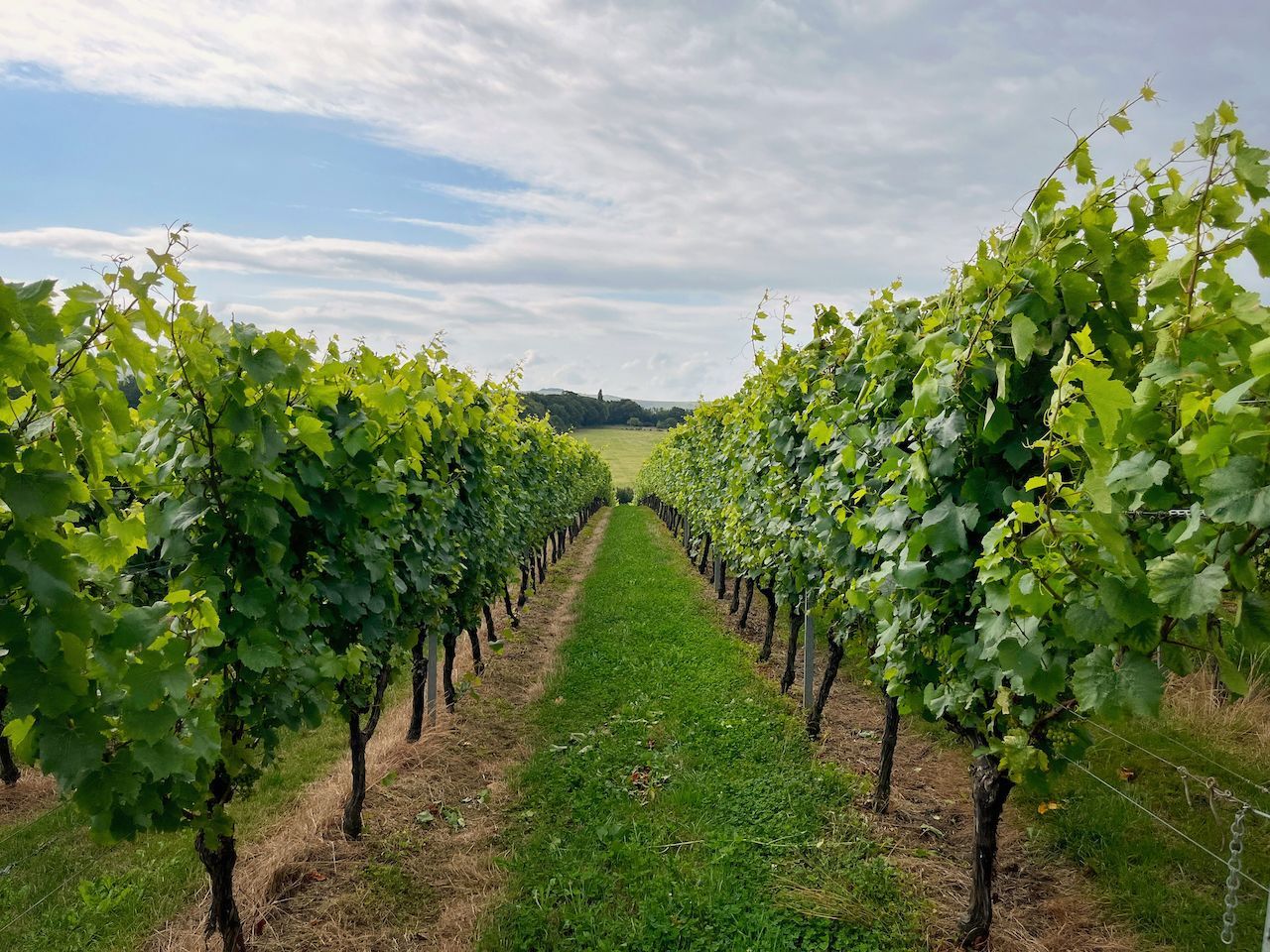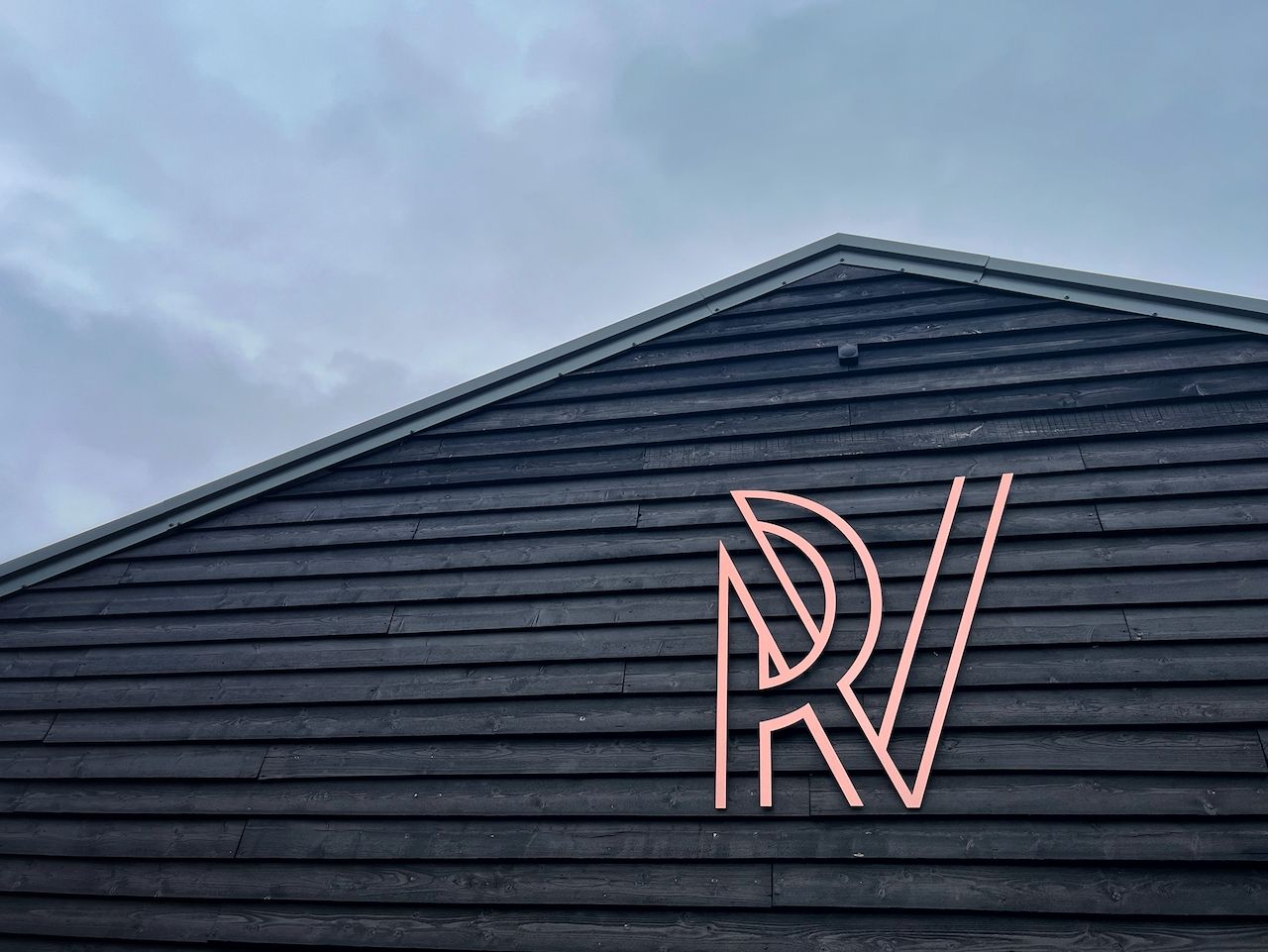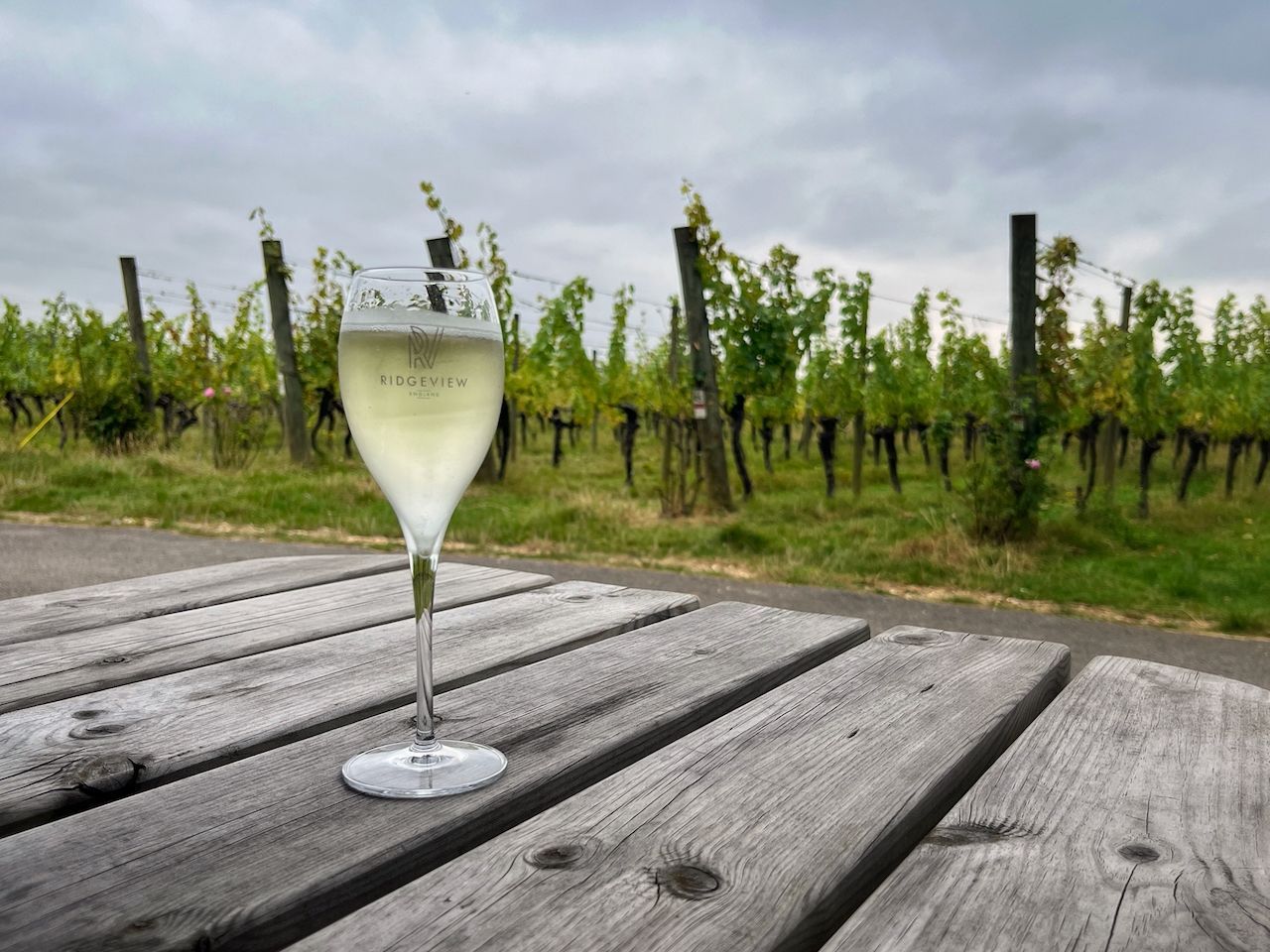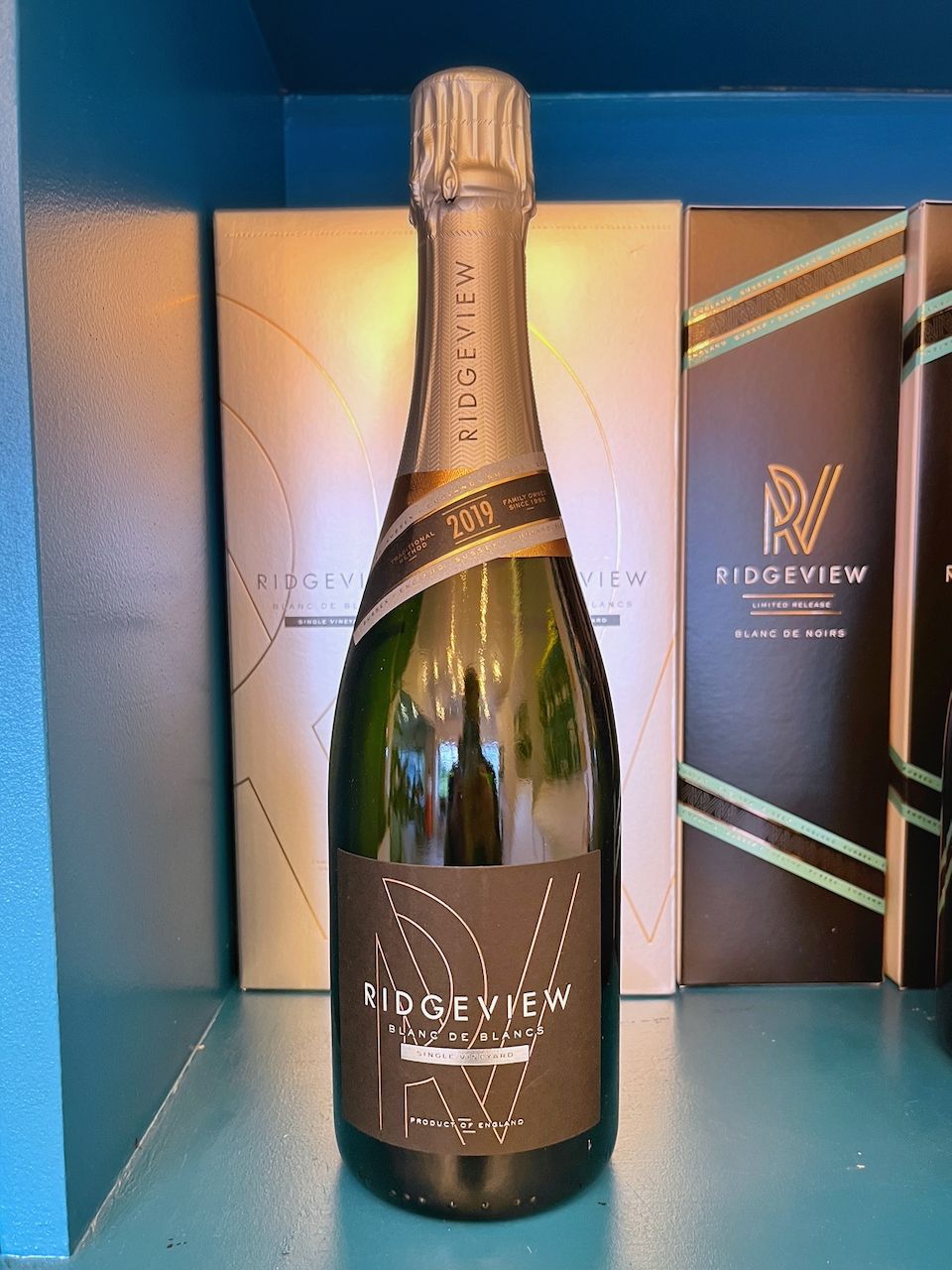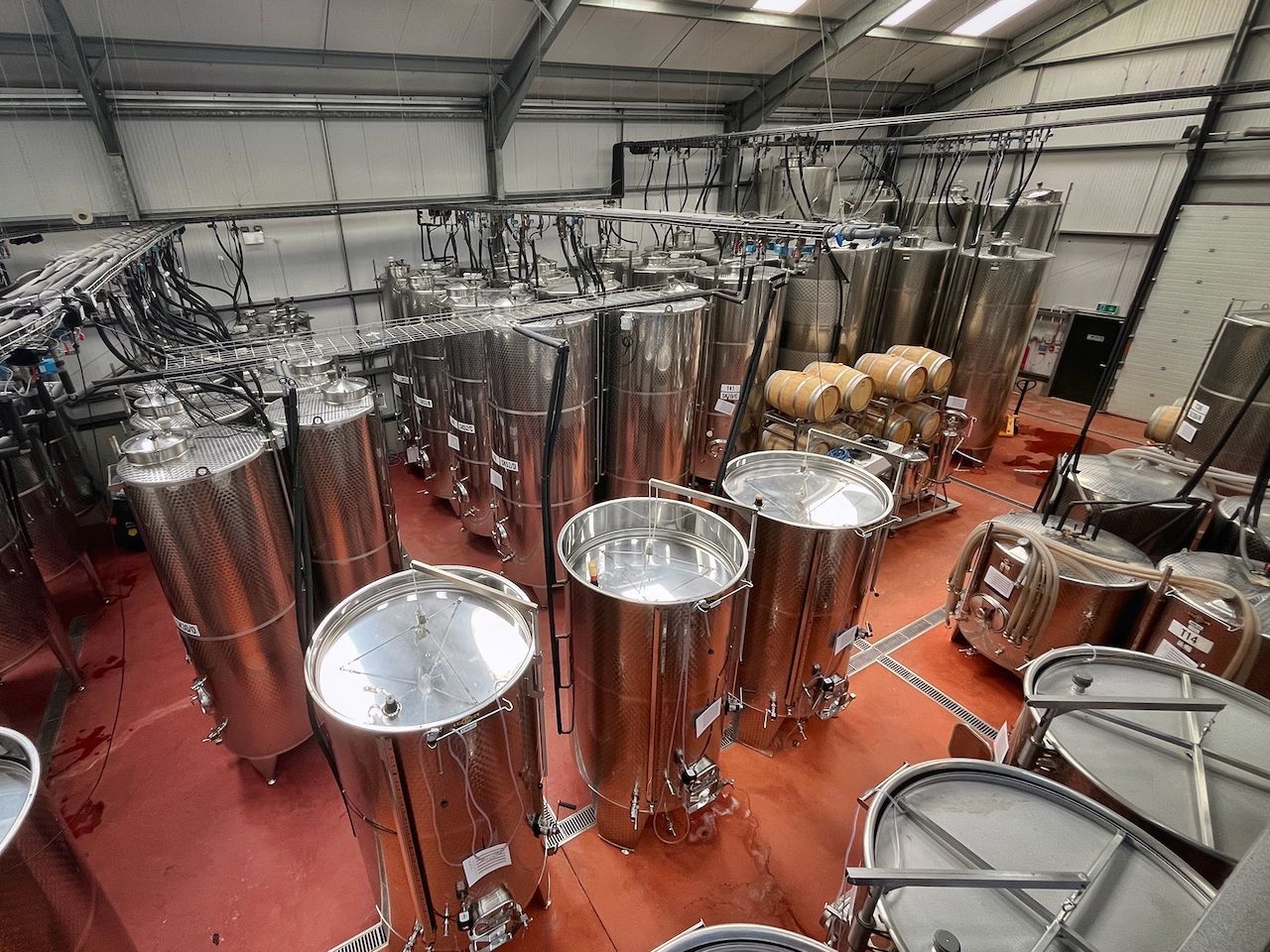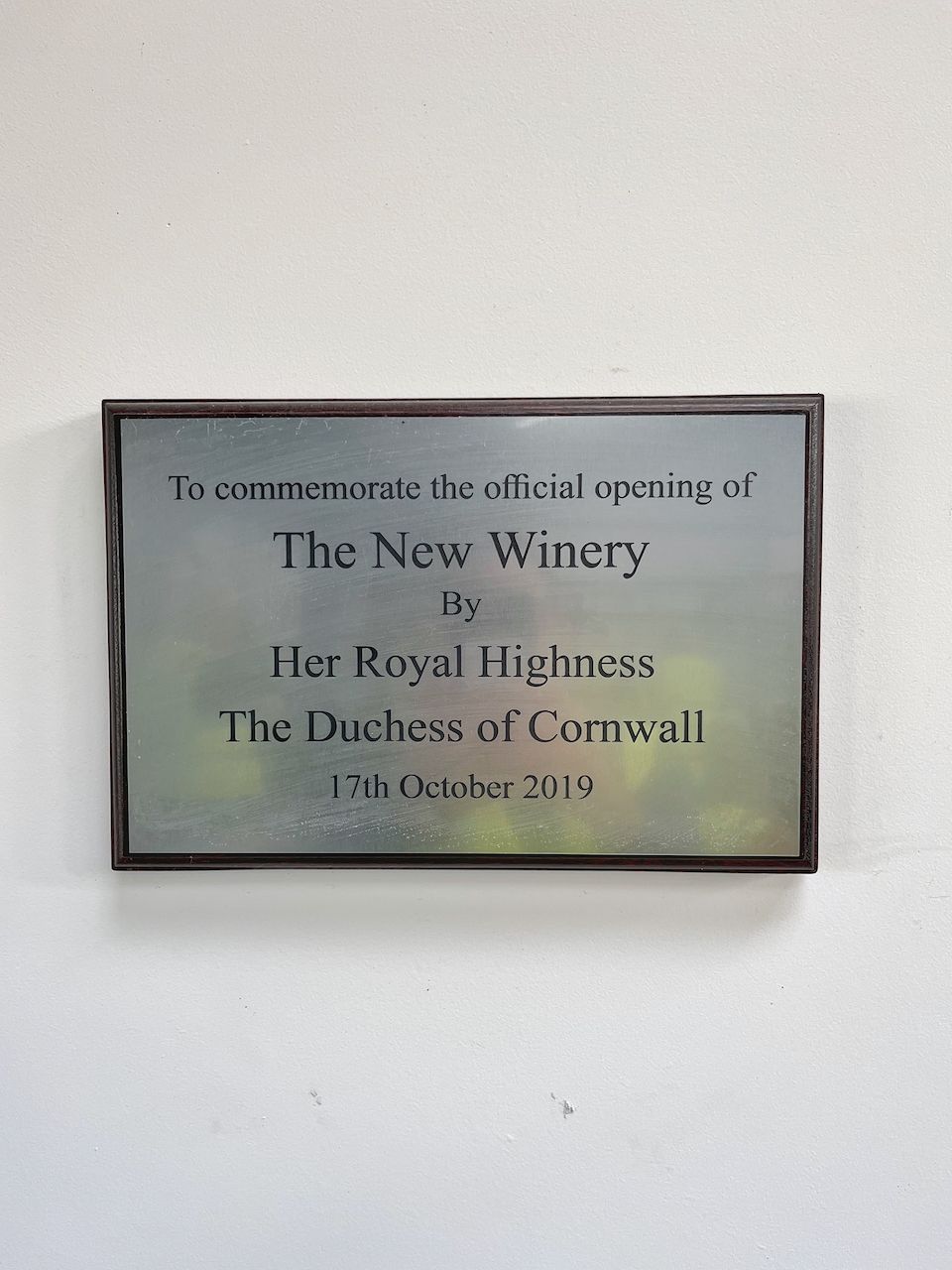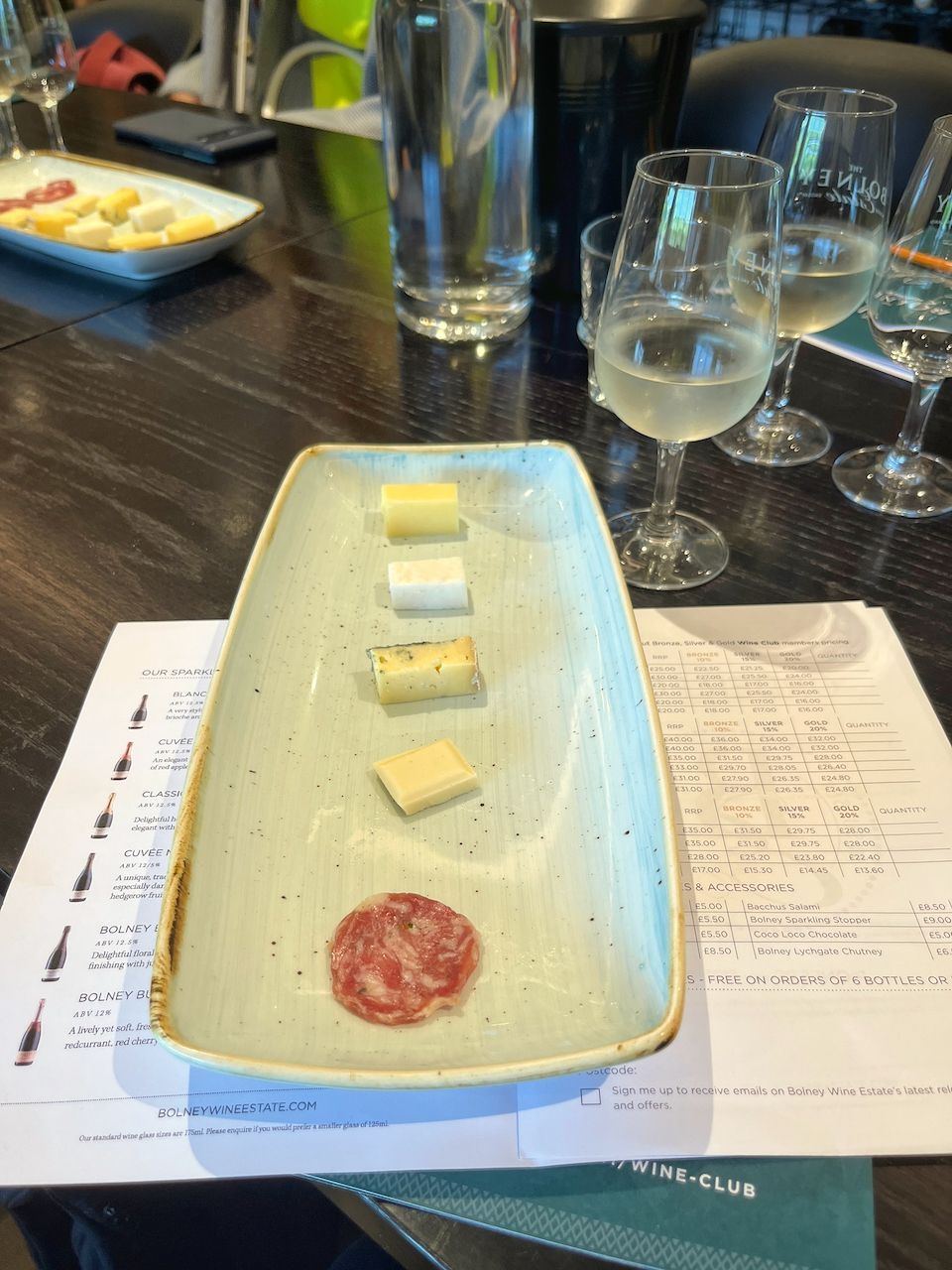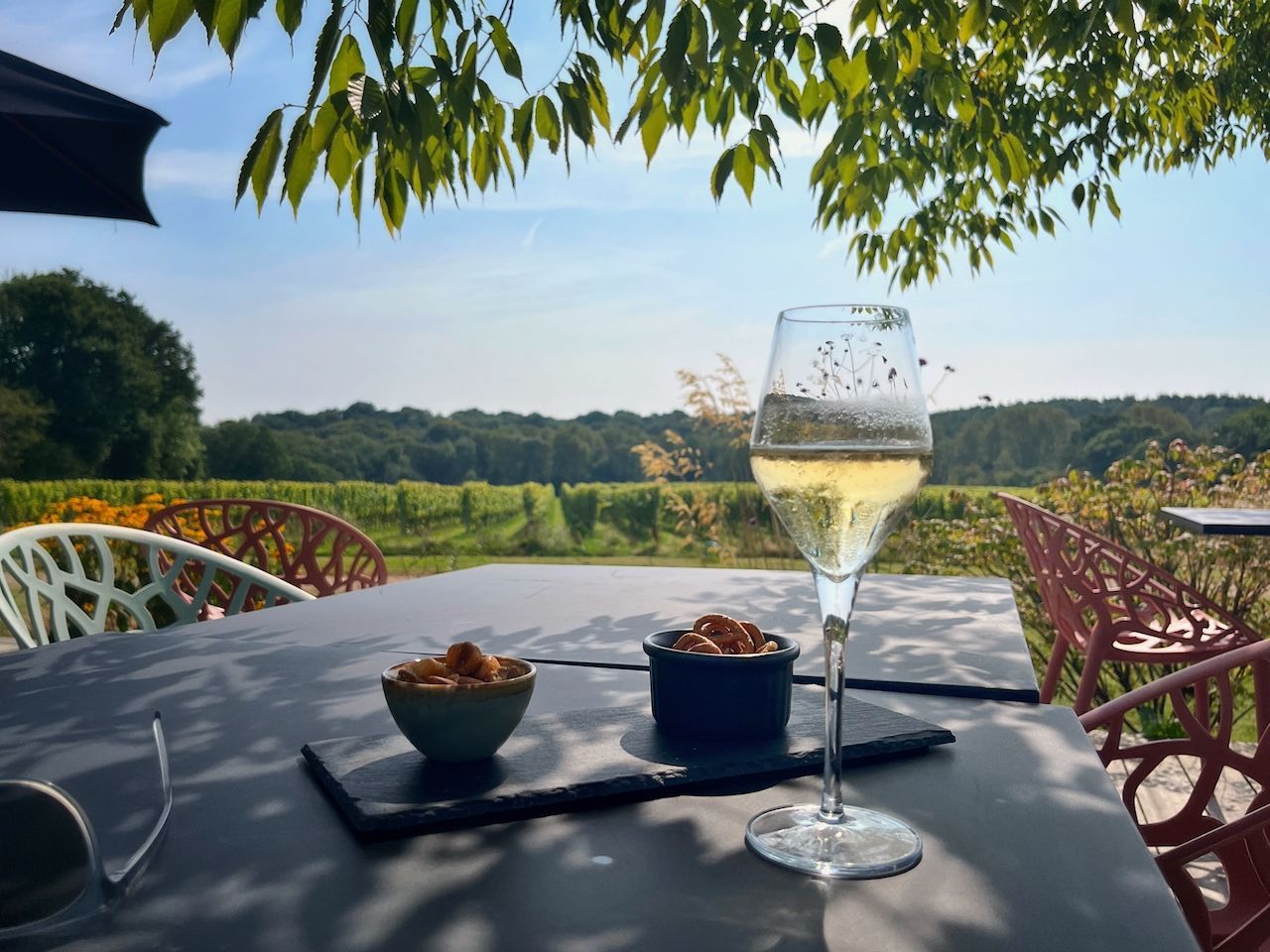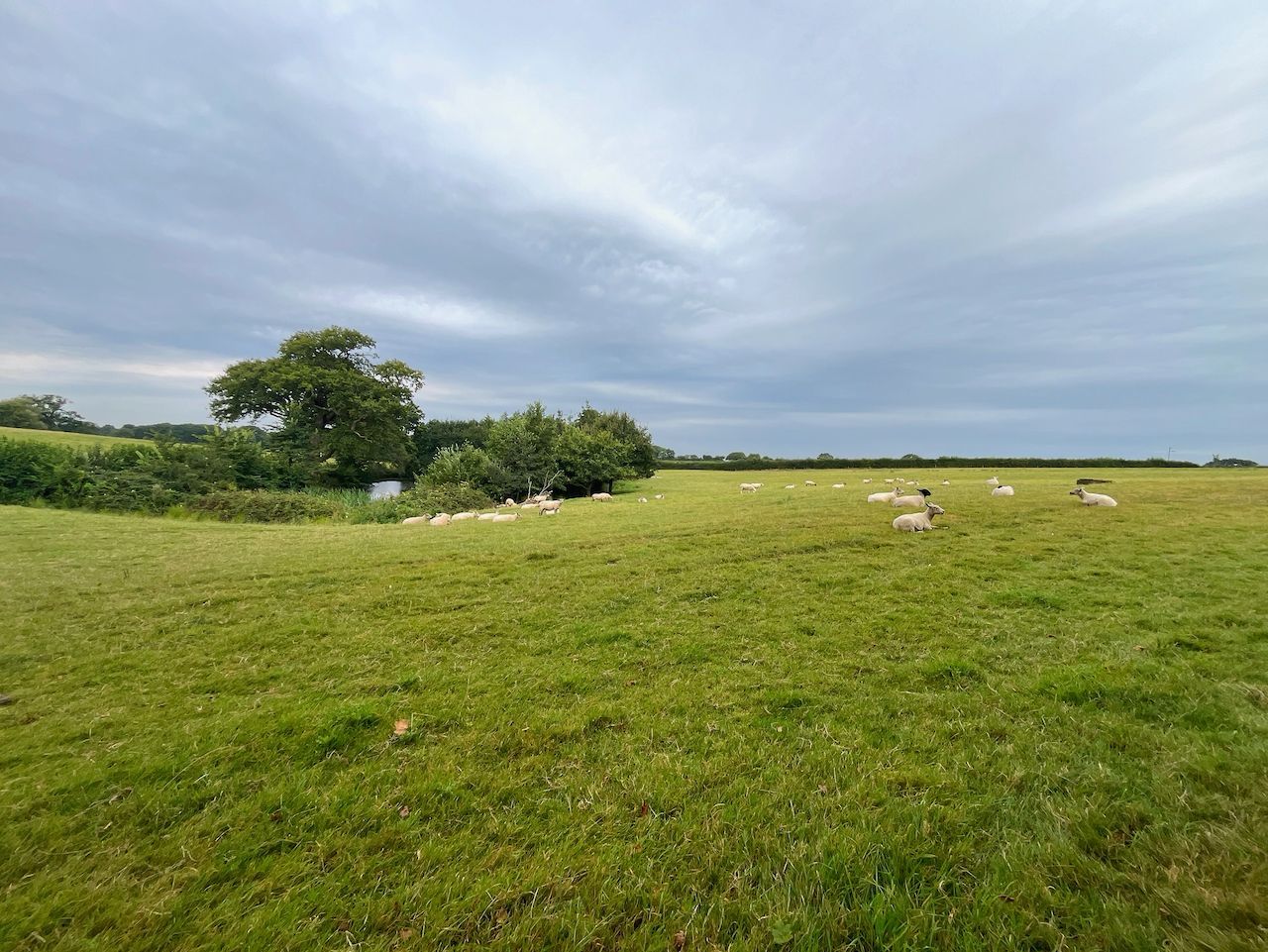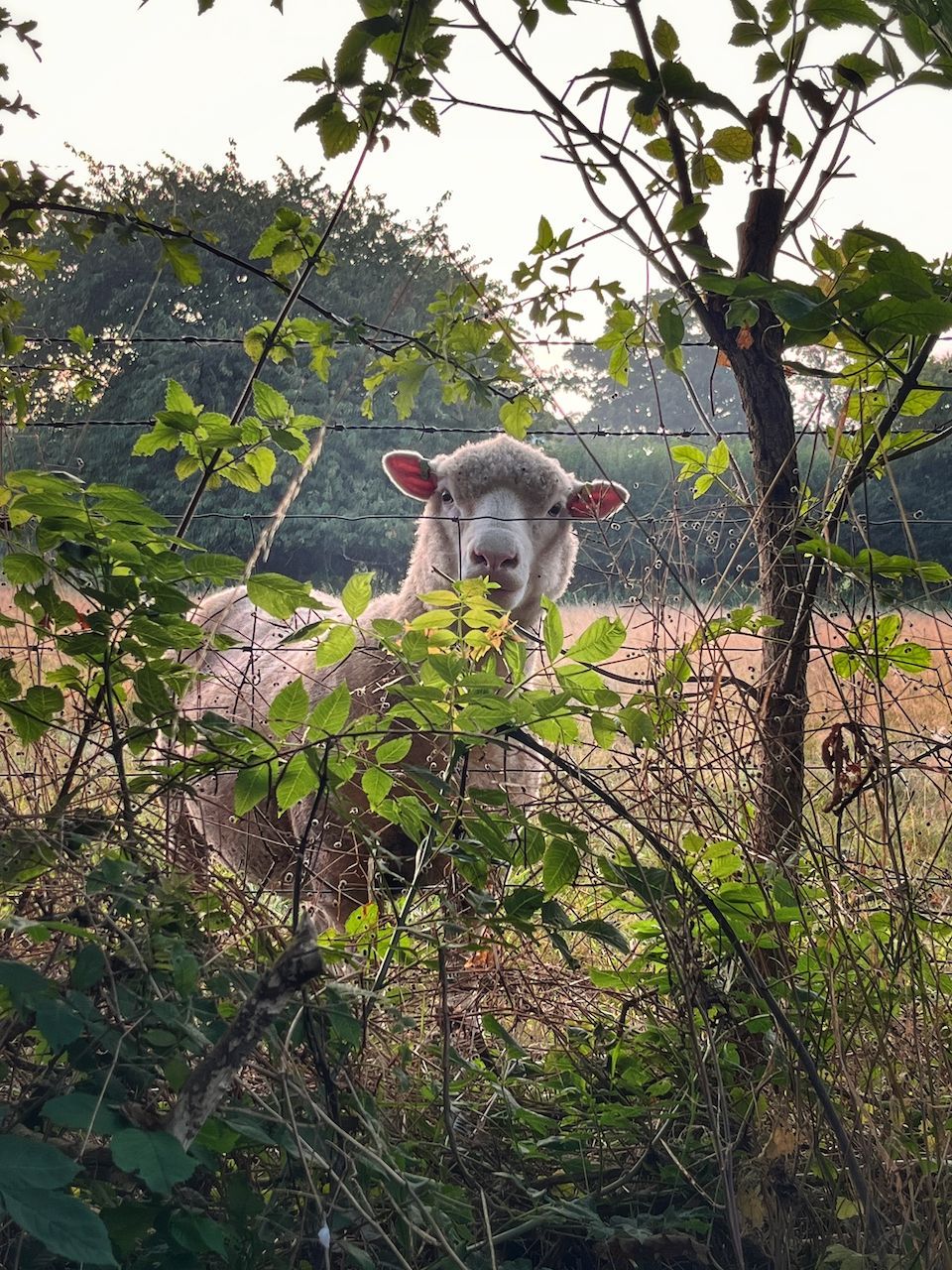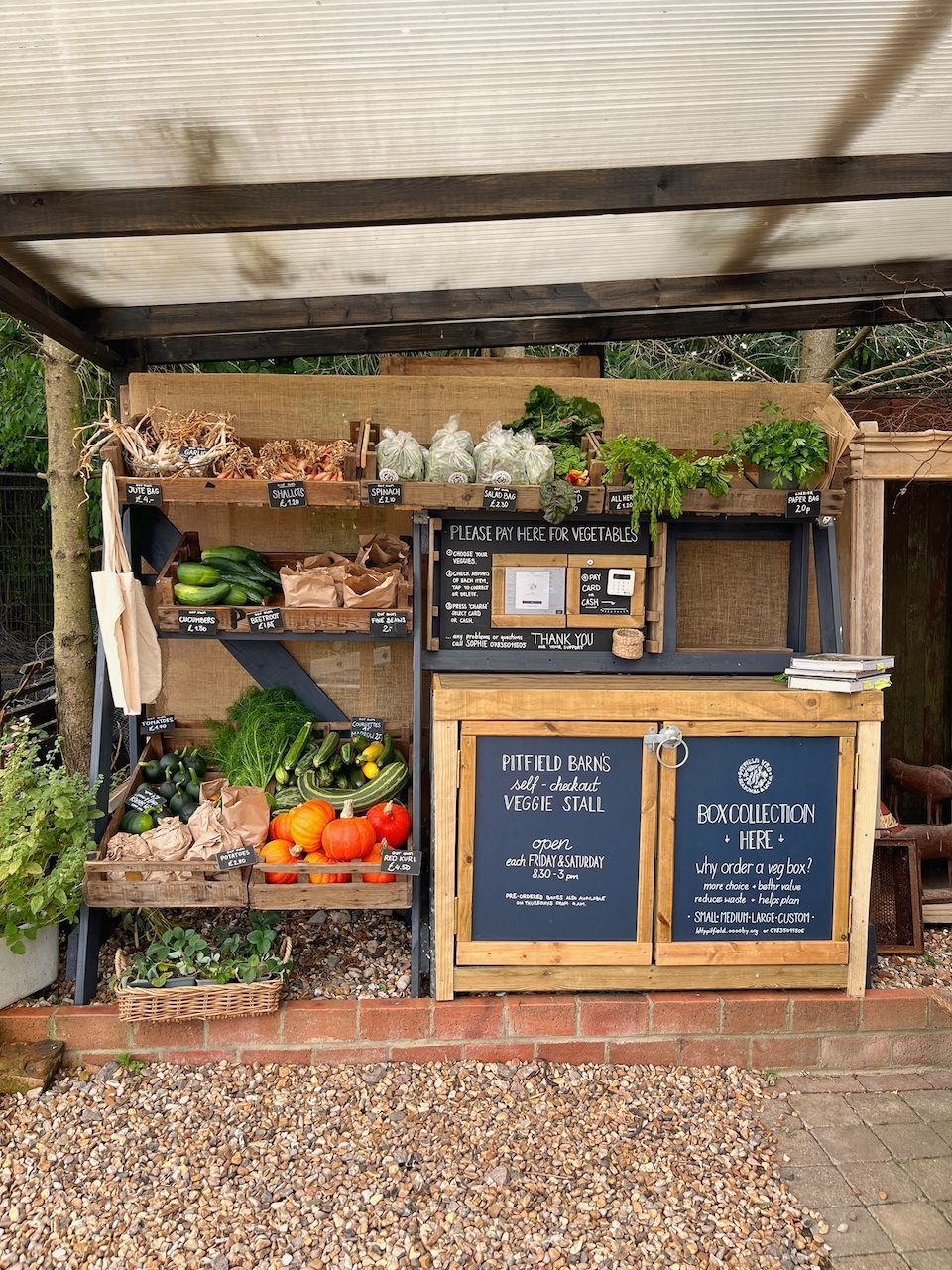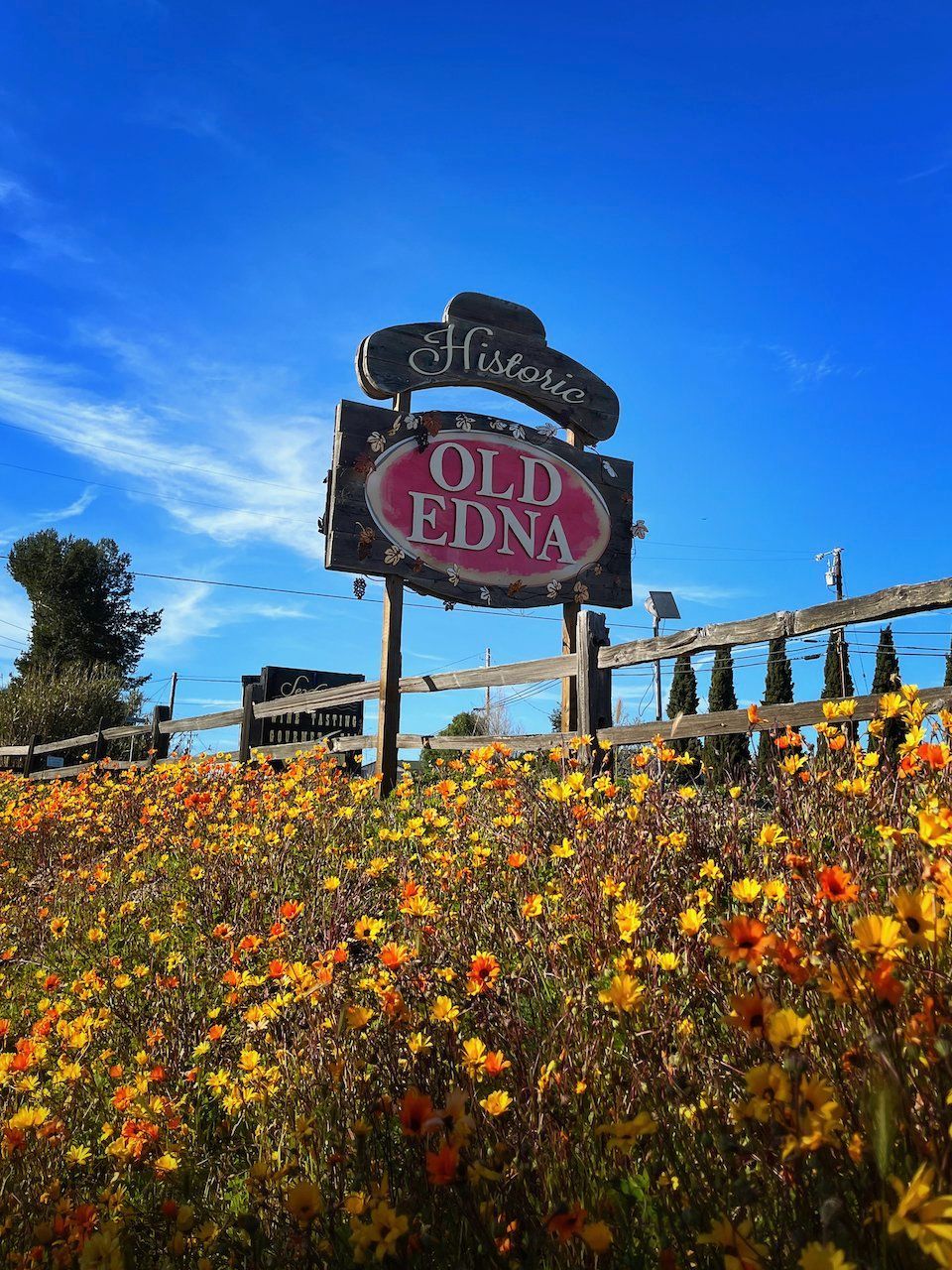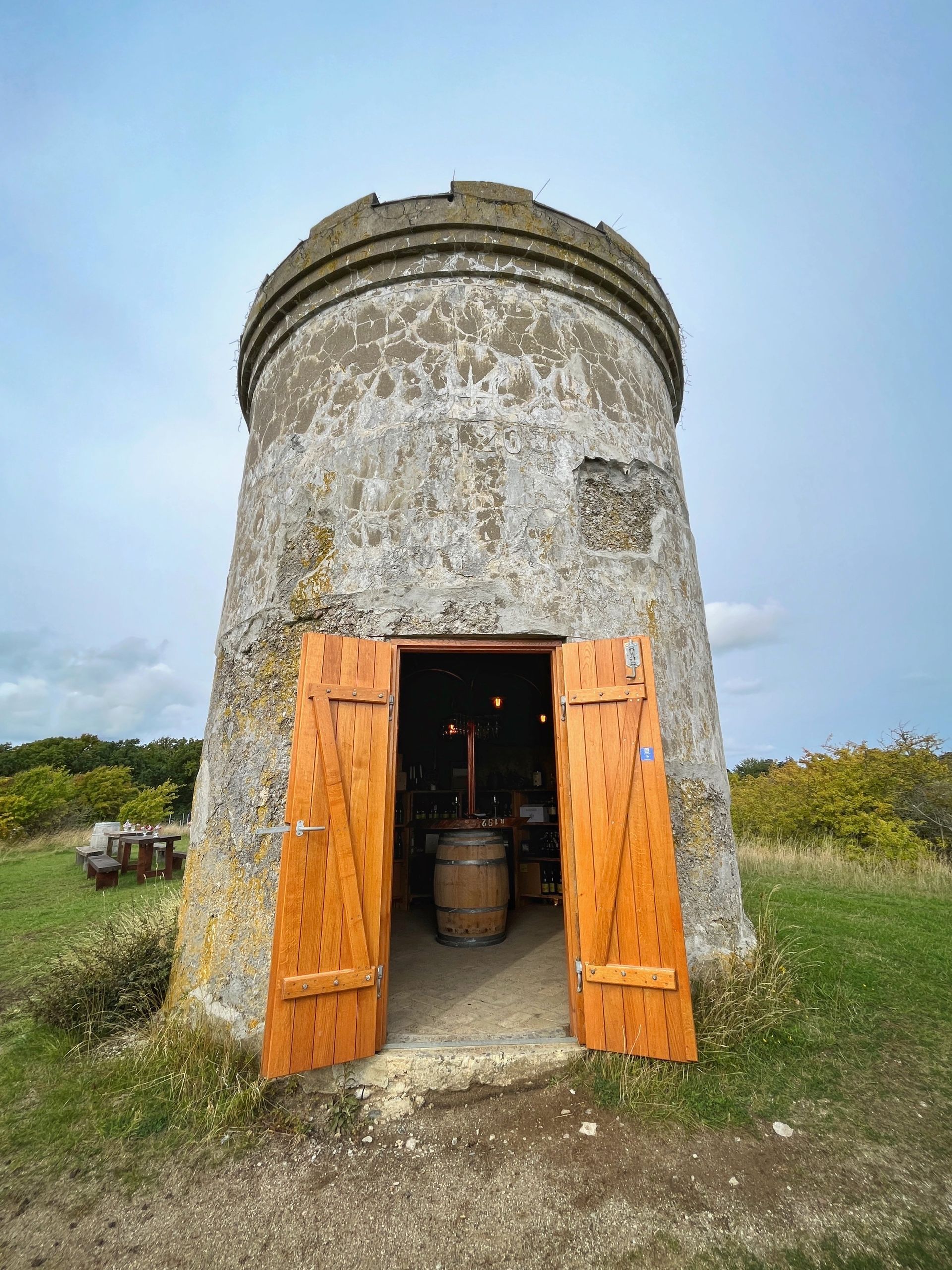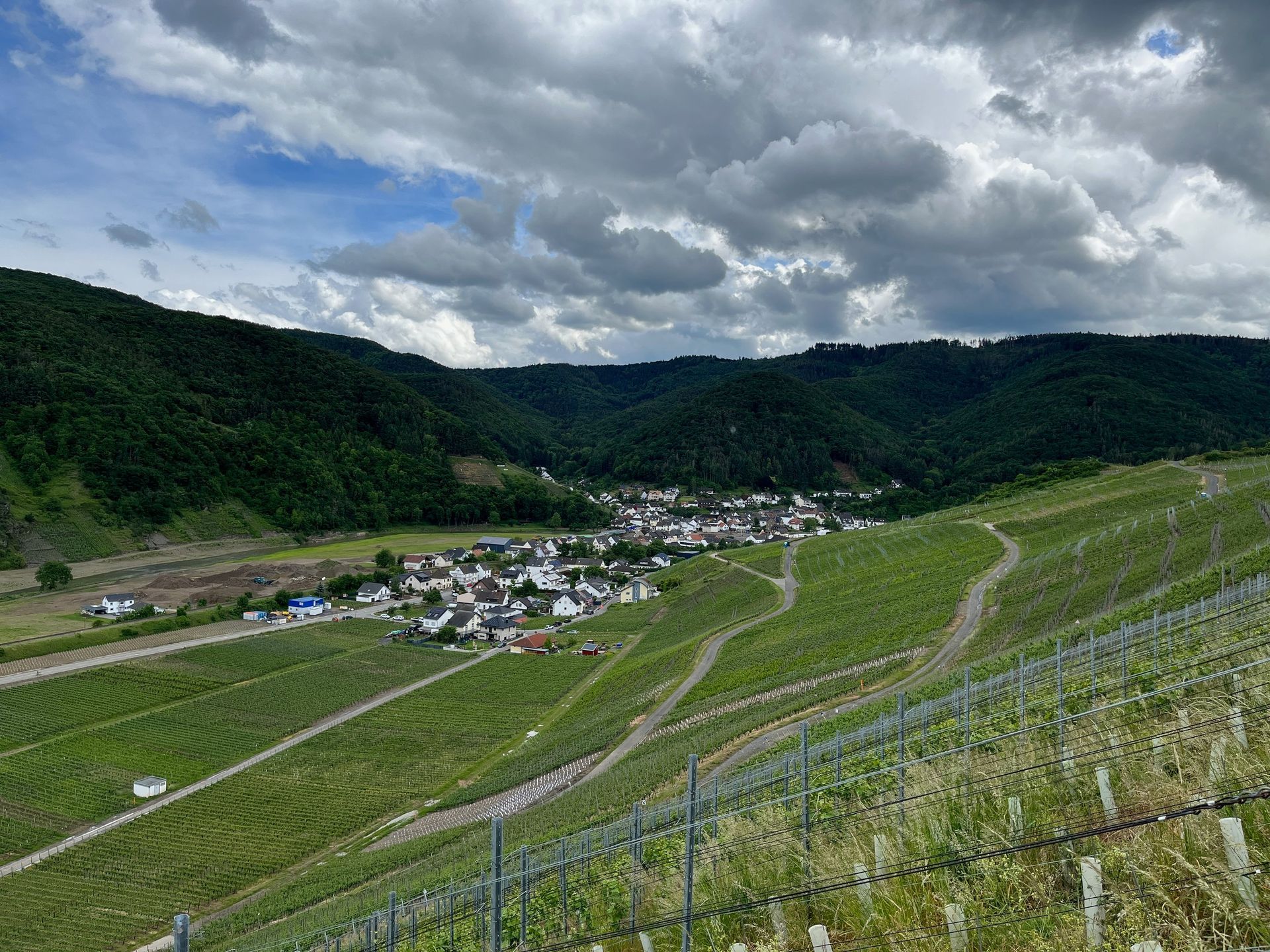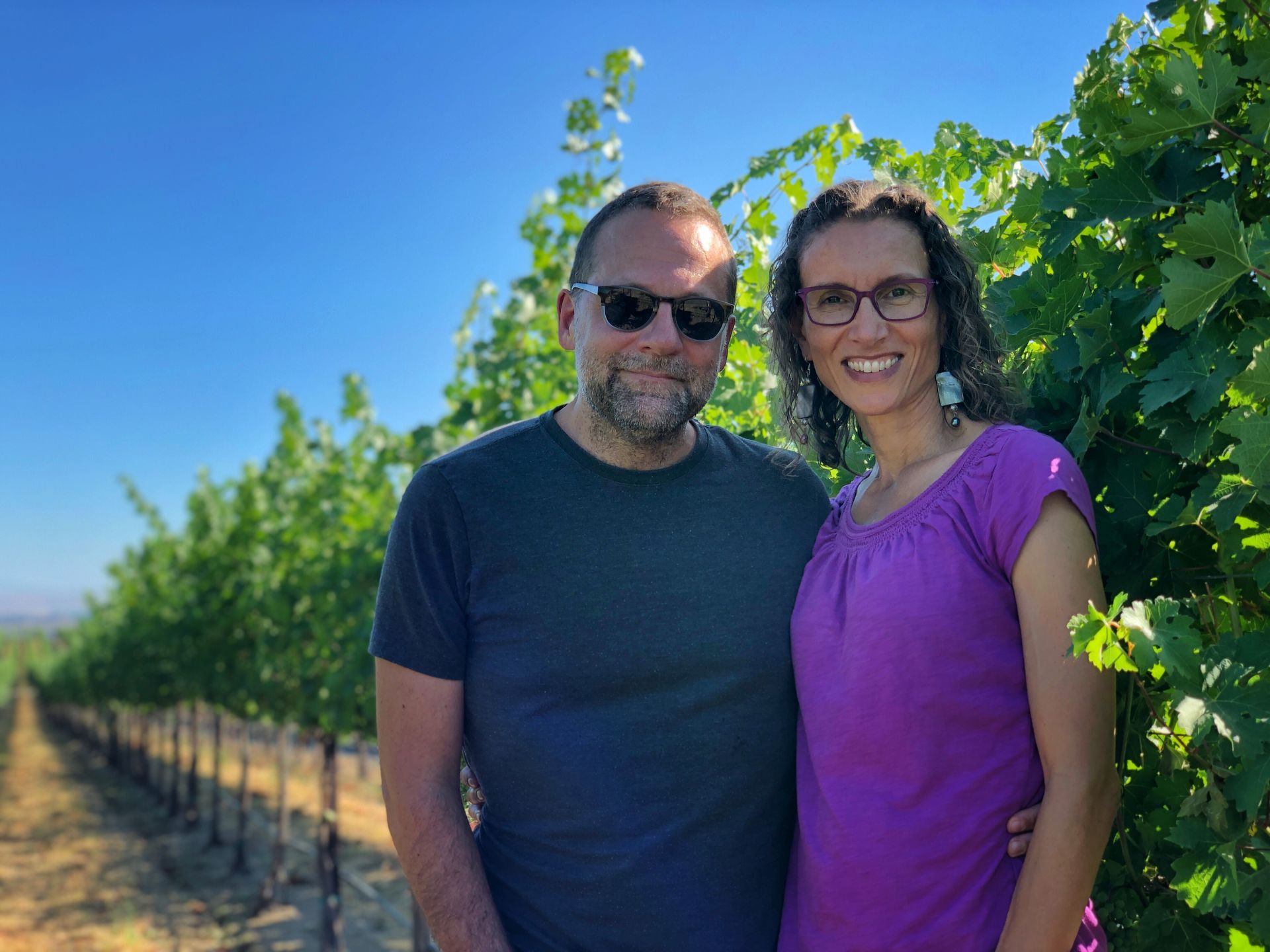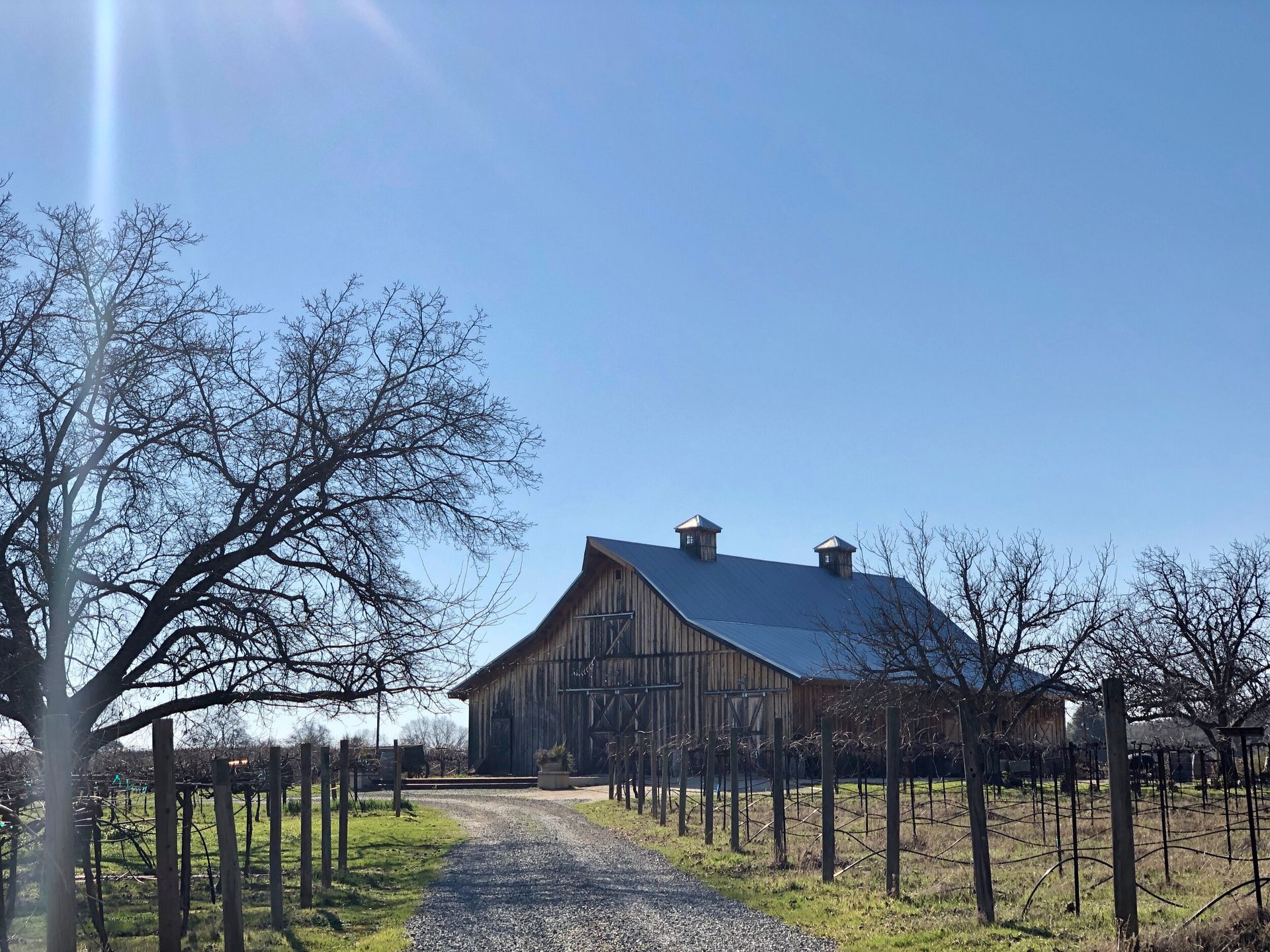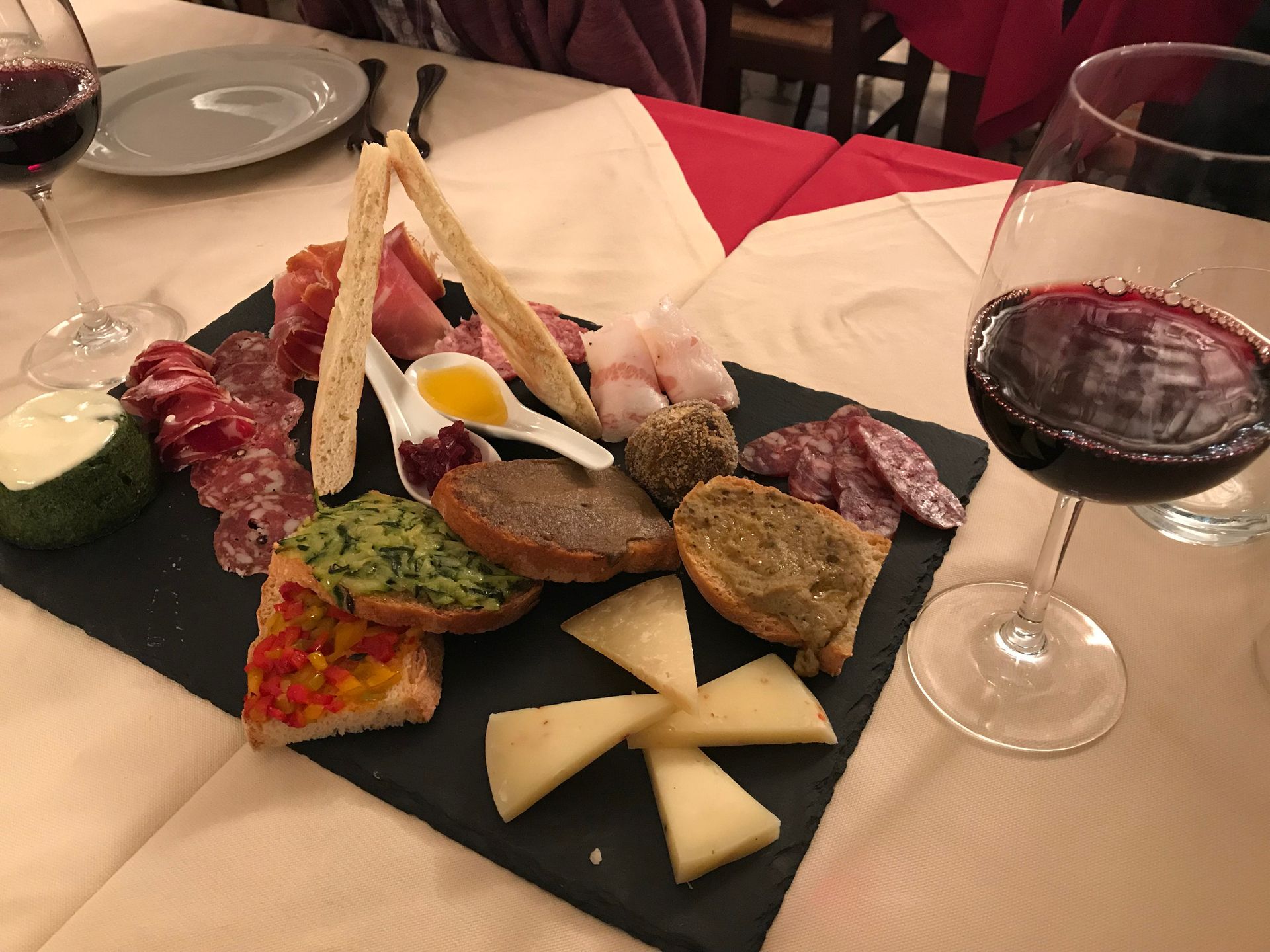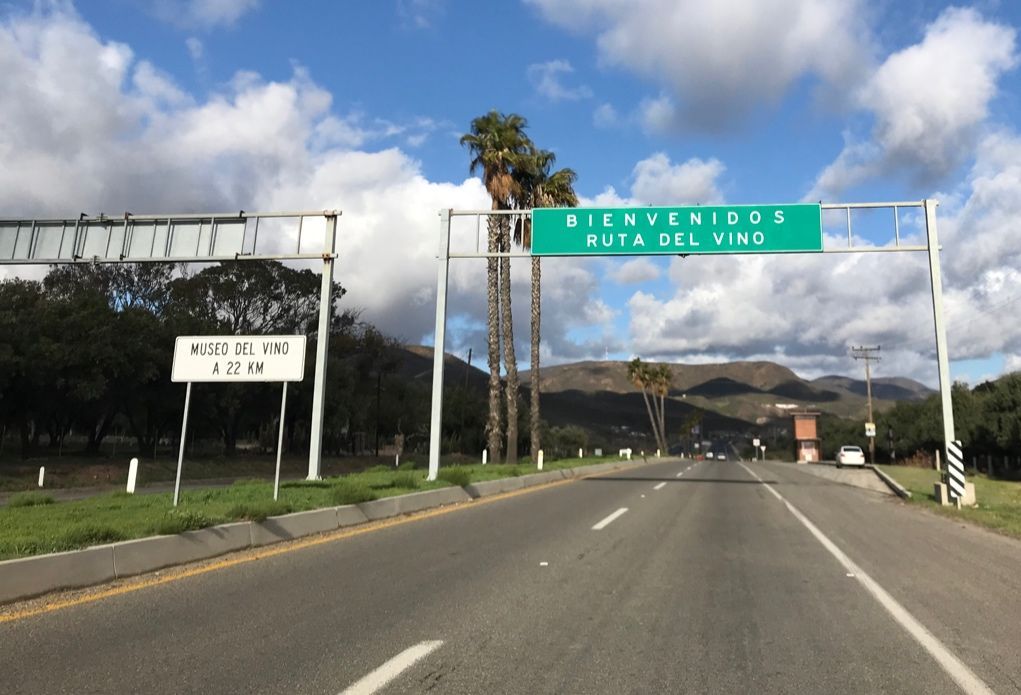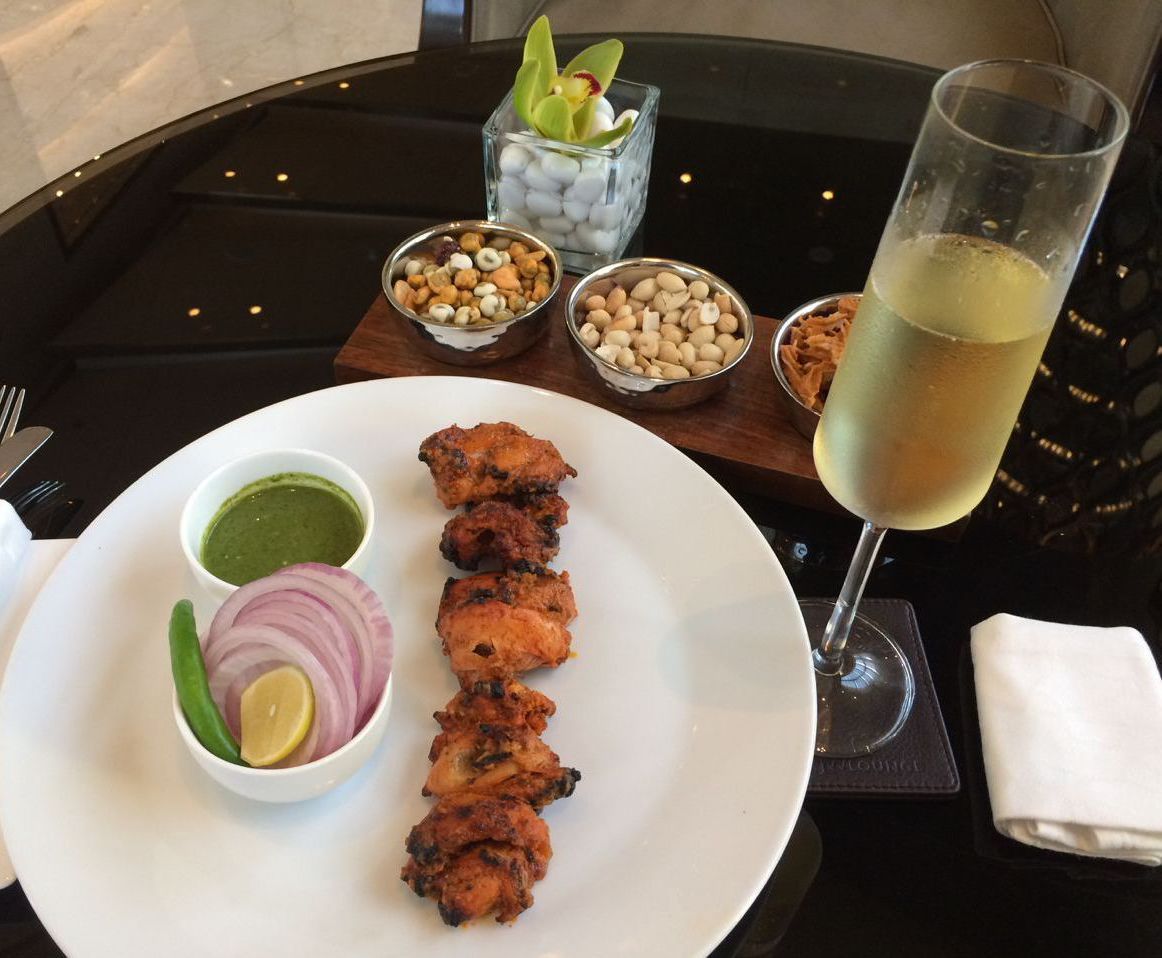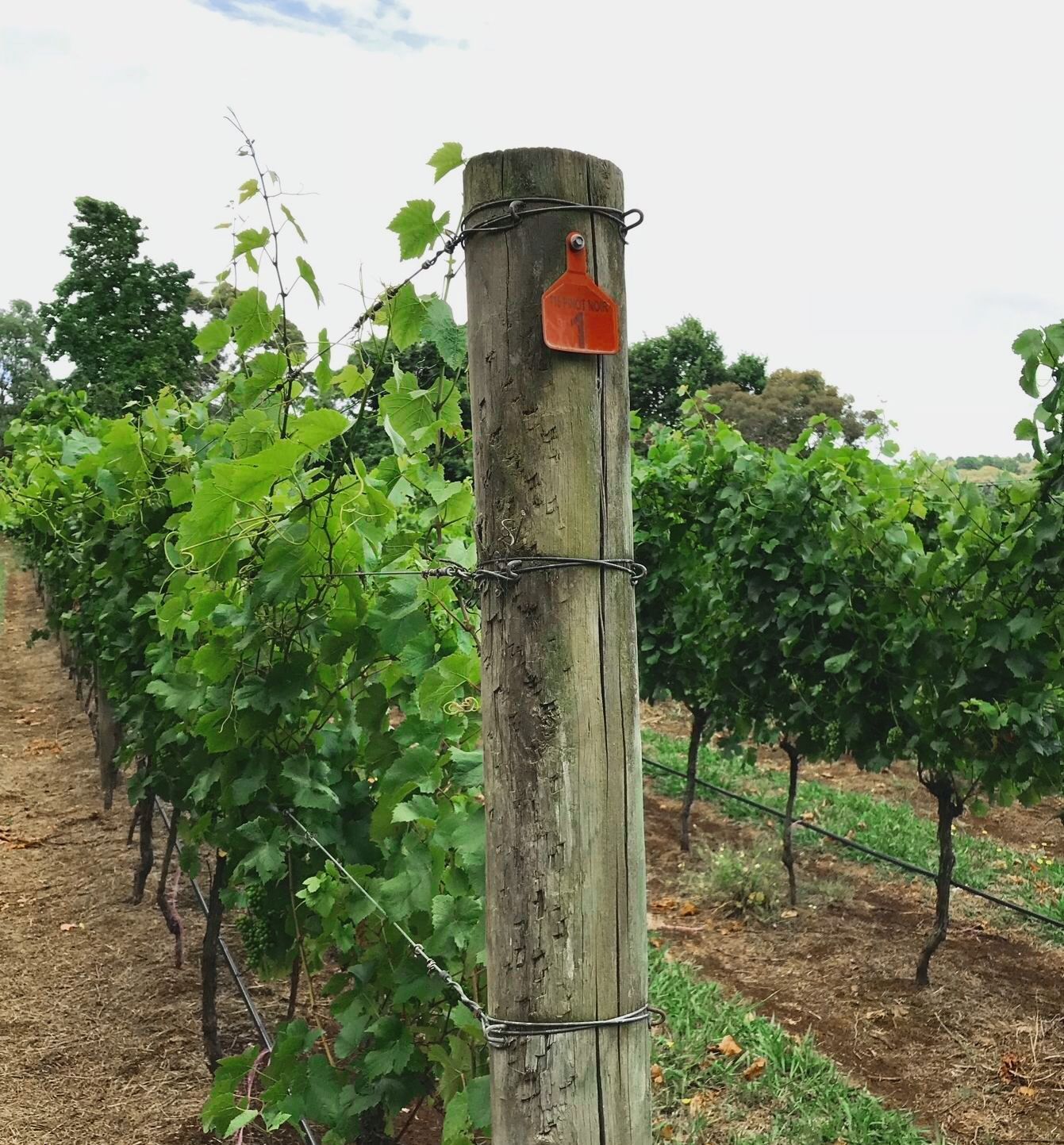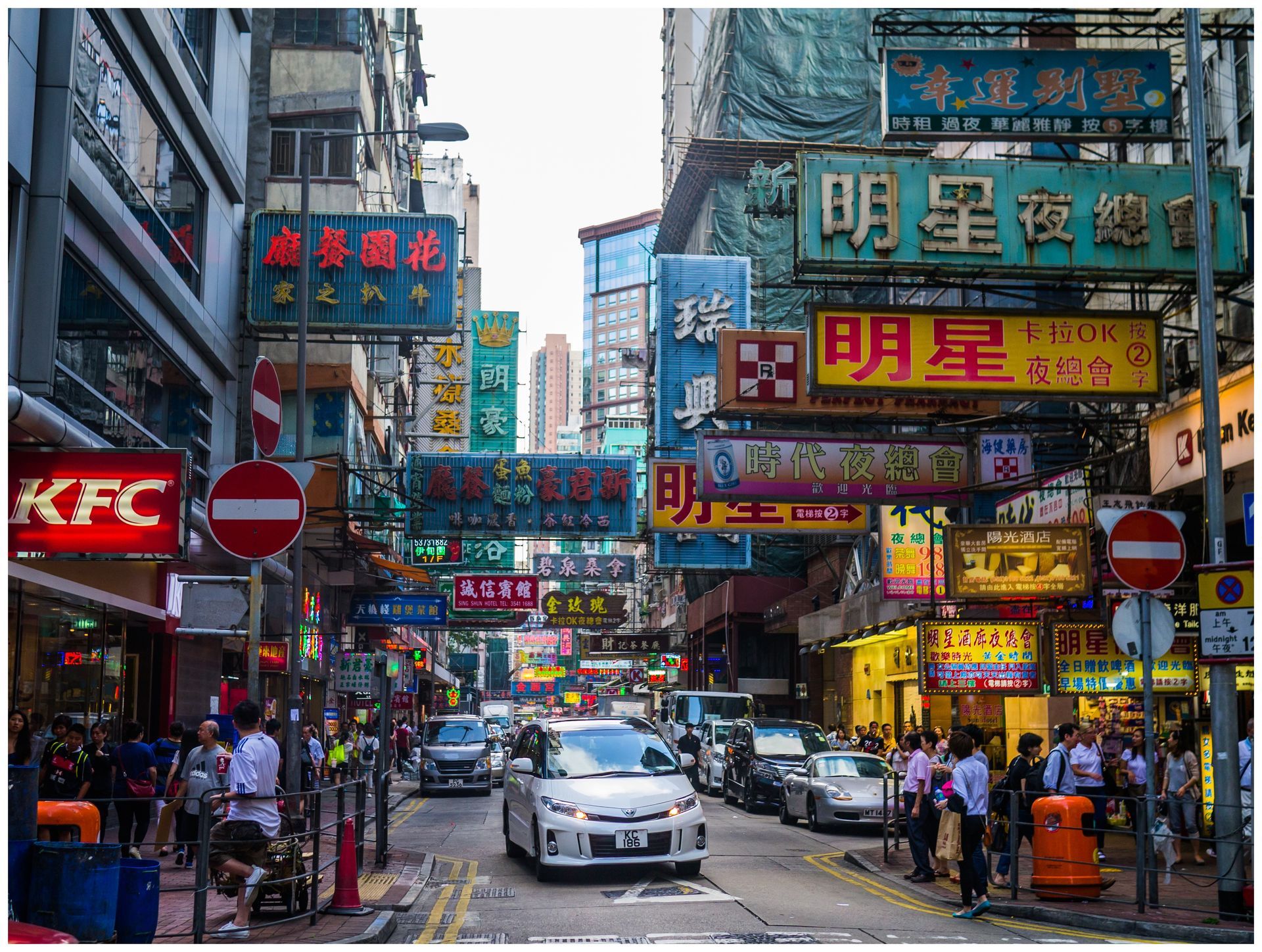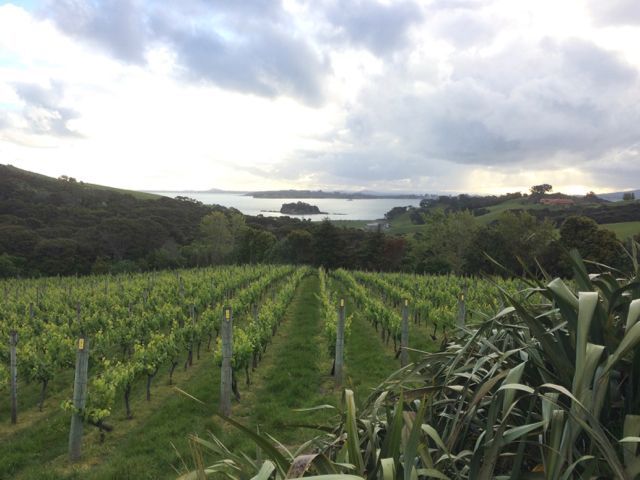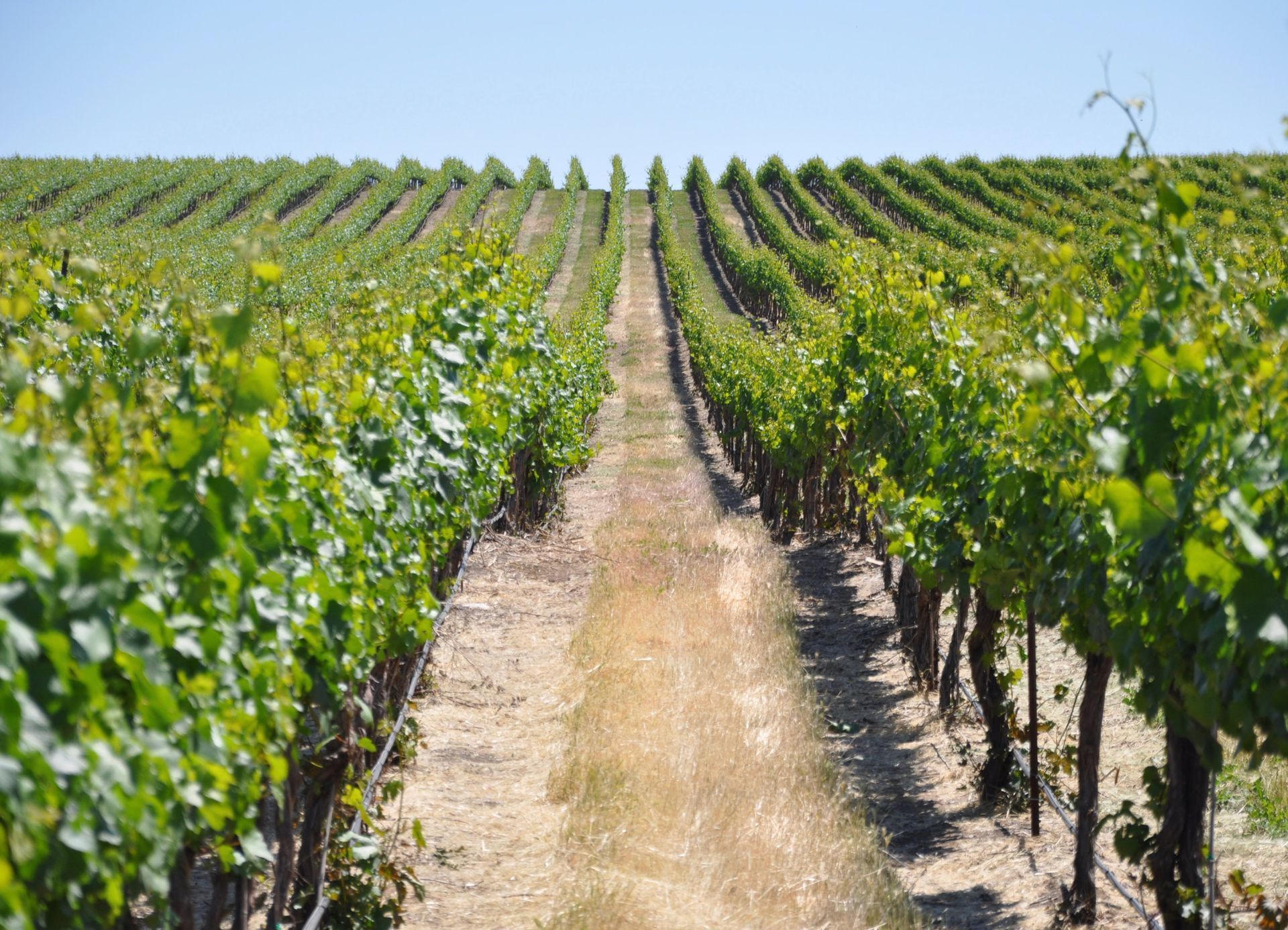The English have been wine crazy for quite a long time. They ruled the legendary French wine region of Bordeaux for centuries after the marriage of Henry II and Eleanor of Aquitane in 1154. When the English lost control of the region as a result of the Hundred Years War (1453), they established a cozy relationship with wine producers in Porto, Portugal (which is why, to this day, so many Port houses carry English names–e.g., Dow’s, Graham’s, and Taylor). Appropriately, one of the world’s largest and, perhaps, most prestigious wine education organizations, The Wine & Spirit Education Trust, was founded in the UK. The cruel irony is that the climate of the British Isles was never hospitable to wine grape growing. Until now.
As the planet warms, the Champagne region of France is undergoing significant changes. The style of wine produced there requires cool, even “marginal” conditions for wine grape growing. Barely ripened grapes are lower in sugar and higher in acid when harvested. These are the grapes that make for great sparkling wine with heaps of zing and restrained alcohol. While northern France is warming up (making it harder to produce such wines), so is southern England (making it actually feasible to produce delicious sparkling wines). Enter quality English sparkling wine!
I’d tasted a few bottles of English sparklers here and there over the last few years but wanted to explore the region of Sussex myself. (Kent is also an emerging sparkling wine region, by the way.) I was telling an English acquaintance about my planned quest and, while an enthusiastic wine drinker himself, he was barely aware that his own homeland was producing sparkling wine worth the trip. While anecdotal as evidence goes, our conversation illustrated that the sparkling wine industry in the UK is still very much in its infancy. Nonetheless, it was exciting to plan my trip into English sparkling wine country and it did not disappoint.
The South Downs is a series of chalky hills due south of London and less than 10 miles north of the coastal city of Brighton. I caught a train from London Victoria to the village of Hassocks (about a 1.5 hour trip) then had a lovely walk to the nearby village of Hurstpierpoint, which served as my base for further exploration. The English love walking (as do I) and the countryside in this area is rich with footpaths and bridleways so I suspected it would be a special few days in the area. At no point did the natural beauty of the region prove anything but remarkable. While my legs tired, I thoroughly enjoyed the challenge of hoofing it between wineries, covering about 18 miles a day. I’m not bragging, mind you, just reporting. And also bragging.
It’s common to see vineyards in the area planted on south facing slopes to maximize sun and heat exposure for the sake of fruit ripening. The soils include the aforementioned chalk (reminiscent of the Champagne region) as well as limestone, sandstone, and clay (similar to parts of Burgundy, France). Given the humid nature of the regional climate, vines are sprayed to fight against mildew and other diseases. (While this is common around the world, it begs the question of whether the winegrowers here will ever be able to produce organic grapes.) Most wines in the region are not aged in oak barrels, but when winemakers turn to oak, they favor French oak because the grain of English oak is too tight to have the desired impact on wine texture and flavor. (This impenetrable quality of English oak helped make England into a superior naval power in an earlier time.) While there are multiple methods of sparkling wine production used around the world, the English have chosen the Champagne method (AKA traditional method) for its elegance and prestige.
My first stop was to Albourne Estate. The property is a former dairy farm with 22 acres of vines planted mostly in 2010. Along with the standard Champagne grapes of chardonnay, pinot noir, and pinot meunier, Albourne also grows some pinot blanc, pinot gris, and bacchus (more on this unusual variety later). The winery produces around 3,000 cases per year, which is definitely in the “boutique” category. I tasted a variety of sparkling and still wines including a 2022 chardonnay that featured 100% malolactic conversion (a natural process in which the very tart malic acid in a wine is transformed into a softer and less extreme lactic acid), but still had plenty of lift and a nice green apple and yellow apple skin notes. I also enjoyed a non-vintage sparkling wine with a fresh lemon and tangerine profile.
Nearby Ridgeview has a bit more history but is still quite a young enterprise with vines planted in 1995. Similar to other vineyards in Sussex, the white grapes are all on south facing slopes but reds here are on west facing slopes to capture the late afternoon sun. The signature sparkling wine at Ridgeview is called “Bloomsbury,” and it is made from ⅔ chardonnay and ⅓ pinot noir & pinot meunier grapes. Apparently, the late queen quite enjoyed it. So did I, as it turned out. I also especially appreciated a 2019 Blanc de Blancs (the term for a sparkling wine made from all white grapes) with its searing acidity and very fine bubbles. The production here is substantial at about 40,000 cases per year. About half of this is branded as Ridgeview while the balance is made for and sold under other brand names. Ridgeview maintains a high standard of aging for both non-vintage sparklings (18 months before release) and vintage dated wines (3 to 5 years). At first glance, it also seemed that the vineyards here are pruned for lower yields than some others in the area, resulting in wines with both increased character as well as prices.
On my second day of touring the area, I stopped into one of the older wineries in the area, Bolney Wine Estate. The 18 acre vineyard here was planted in 1972, which is old enough to qualify as “old vines” in many parts of the wine production world. Uniquely, Bolney does produce a touch of red wine. Although after 10 years of trying to make a go with merlot, all vines were removed in favor of chardonnay (smart move). The vineyard manager here employs very high vine training to maximize warmth for young buds and minimize disease pressure during humid months. The non-vintage Classic Cuvée offered pastry and apple strudel aromas and flavors. The 2020 Blanc de Blancs presented light stone fruit and rhubarb notes. Unfortunately, I was not at all convinced by the red wines on offering but time may be on the side of the adventurous but patient wine makers willing to take a risk with red grapes in this changing region.
My final winery visit, to
Highweald, was a lovely way to end a trip. This 100 acre vineyard was just planted in 2016 and from the wines I tasted, I’d say there’s plenty of potential. The non-vintage pink sparkler here is a special wine with a creamy, sweet berry fruit plus pasty profile. A bottle made it into my suitcase for the return trip home! The non-vintage Brut Reserve was also quite enjoyable. The weather and hospitable atmosphere were such that I spent quite some time at Highweald and could have stayed much longer had reality not reared its ugly head at closing time.
While I think the future is bright for English sparkling wine, I am not yet a fan of the regional still wines made from bacchus. This grape was created in Germany in 1933 by a viticulturalist who crossed silvaner, riesling, and müller-thurgau. The grape grows well in the challenging English climate and has been adopted by many growers and producers as an analog to sauvignon blanc from New Zealand. Rather than grassy green notes and gooseberry references associated with NZ sauv blanc, the English talk of elderflower and Gran’s greenhouse. I’ve yet to find a bacchus wine I’d like to drink twice, however, as the herbaceous quality of each has been quite overwhelming to my palate. While I understand the natural inclination to form a unique identity with a distinctive grape or wine style, I think the English are barking up the wrong vine with bacchus and would be better served by continuing to build on the early success of their sparkling wines.
If you discover a bottle of English sparkling wine at your local bottle shop, I encourage you to try it. You’ll not likely find a lot of values (recently planted vineyards, like many startups, incur significant debt that can take years or even decades to defray), but it’s worth the price for the opportunity to explore. Even better, if you happen to find yourself flying into or through a London airport, set aside a few days to head south and make the most of your time abroad. English sparkling wine is here to stay and will almost certainly increase in production as well as quality for years to come.
